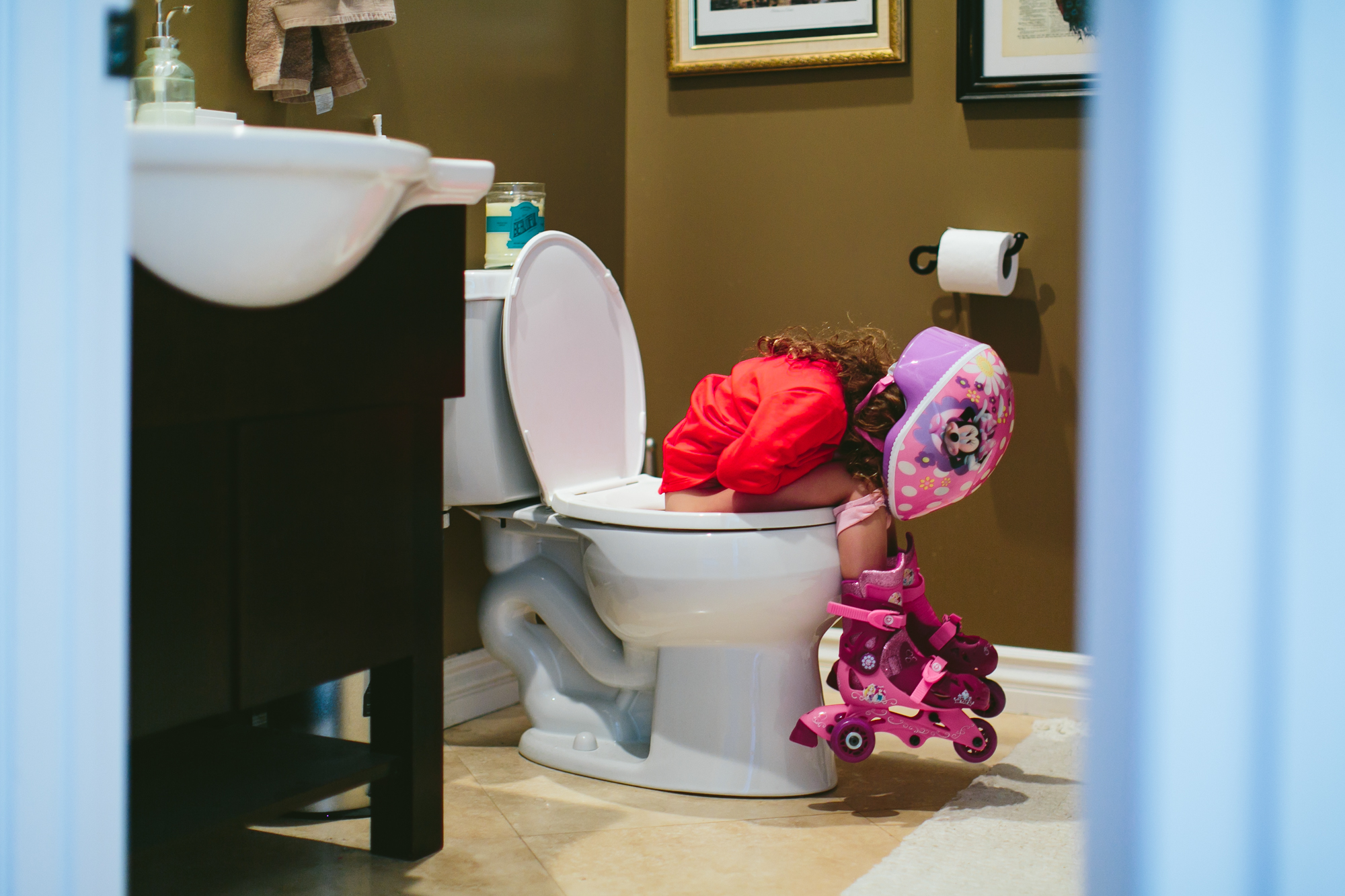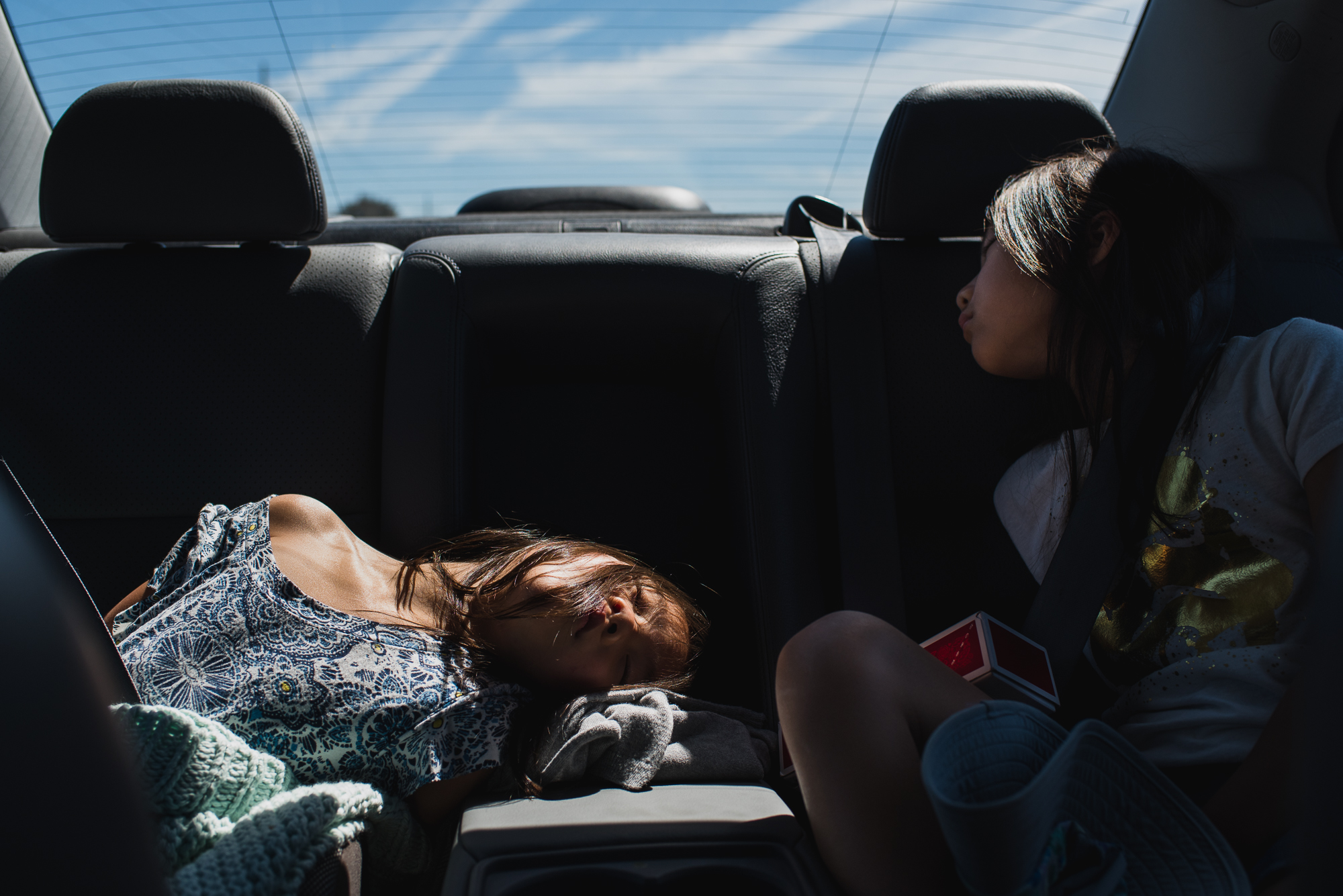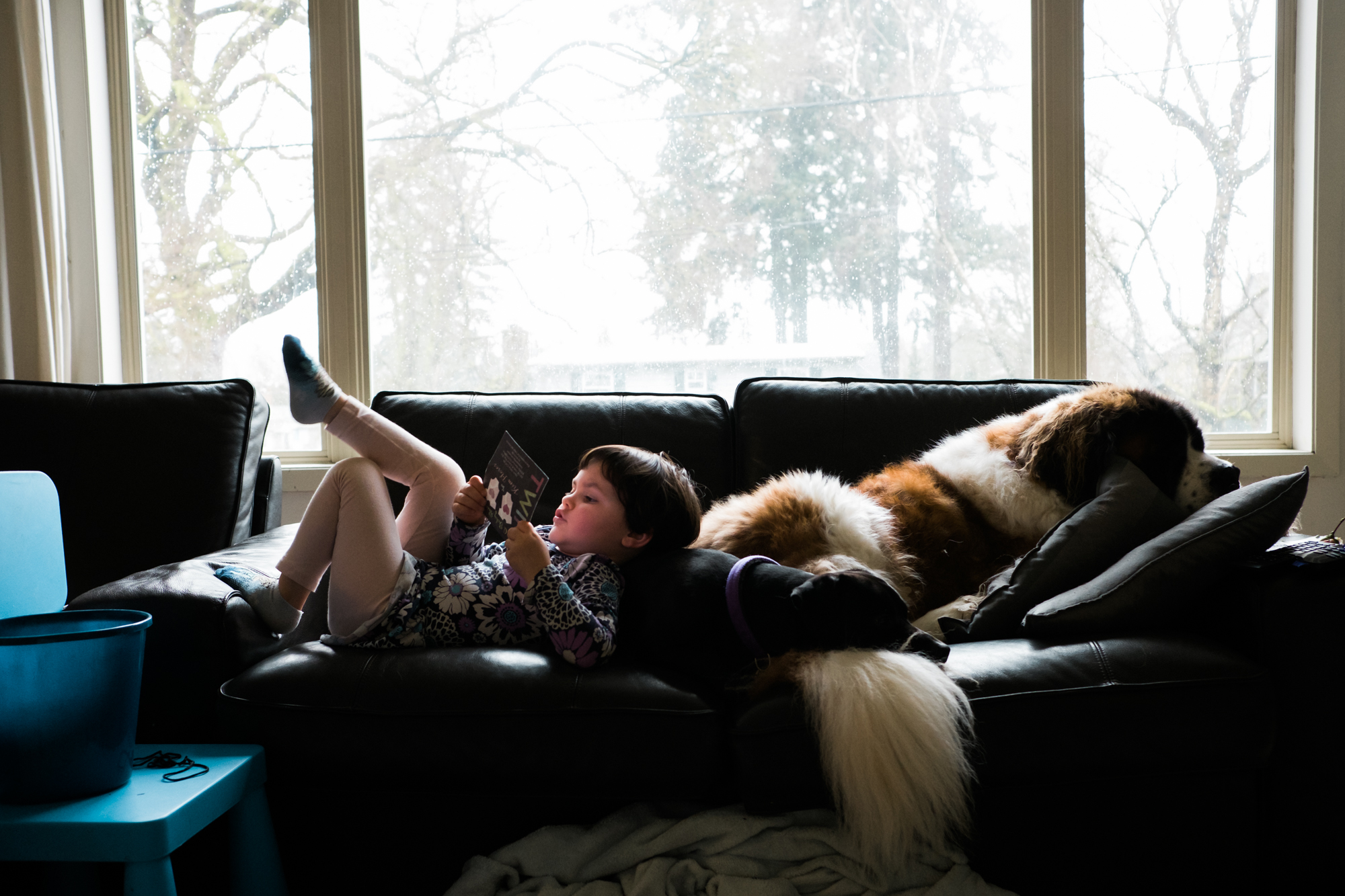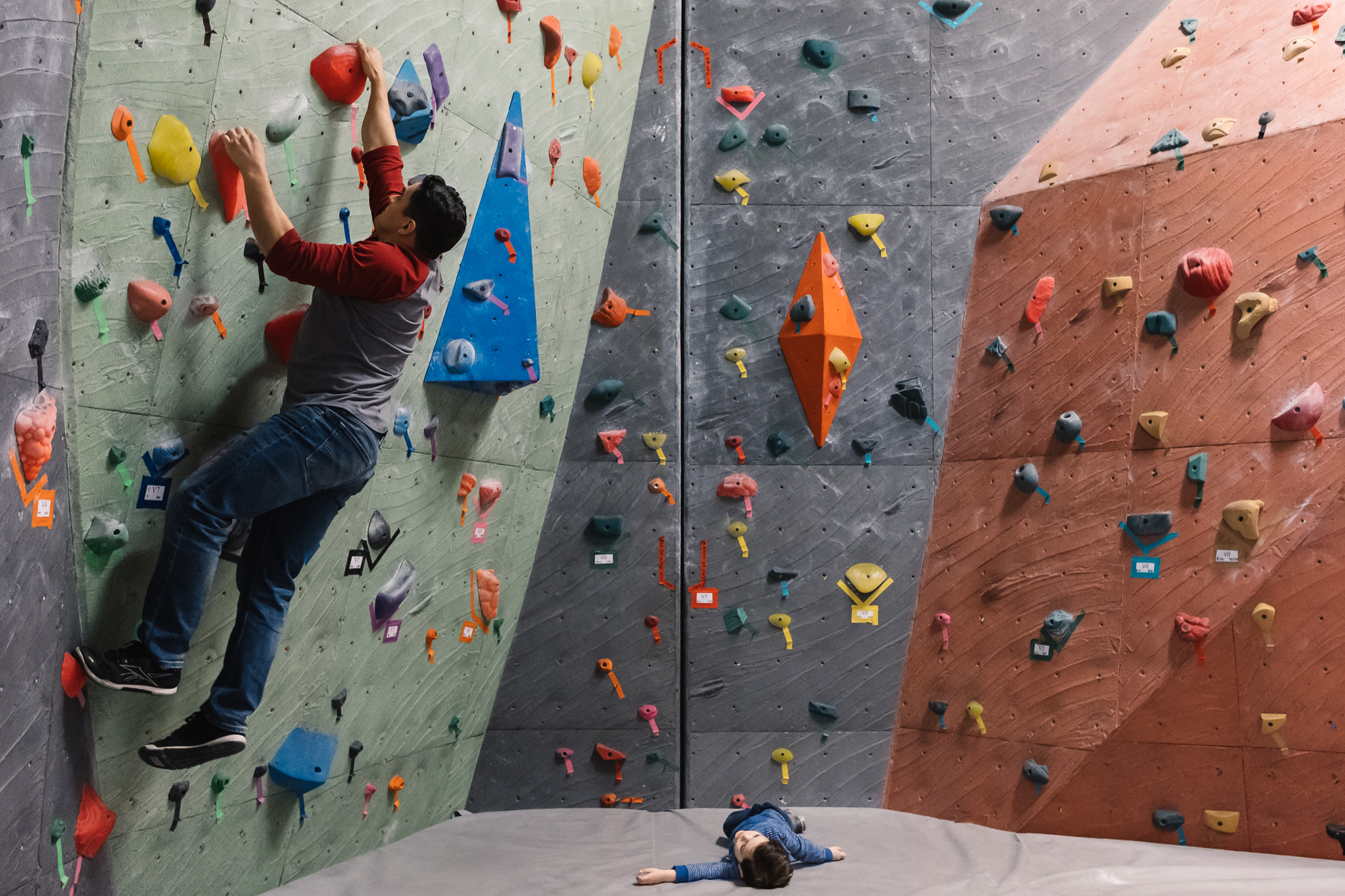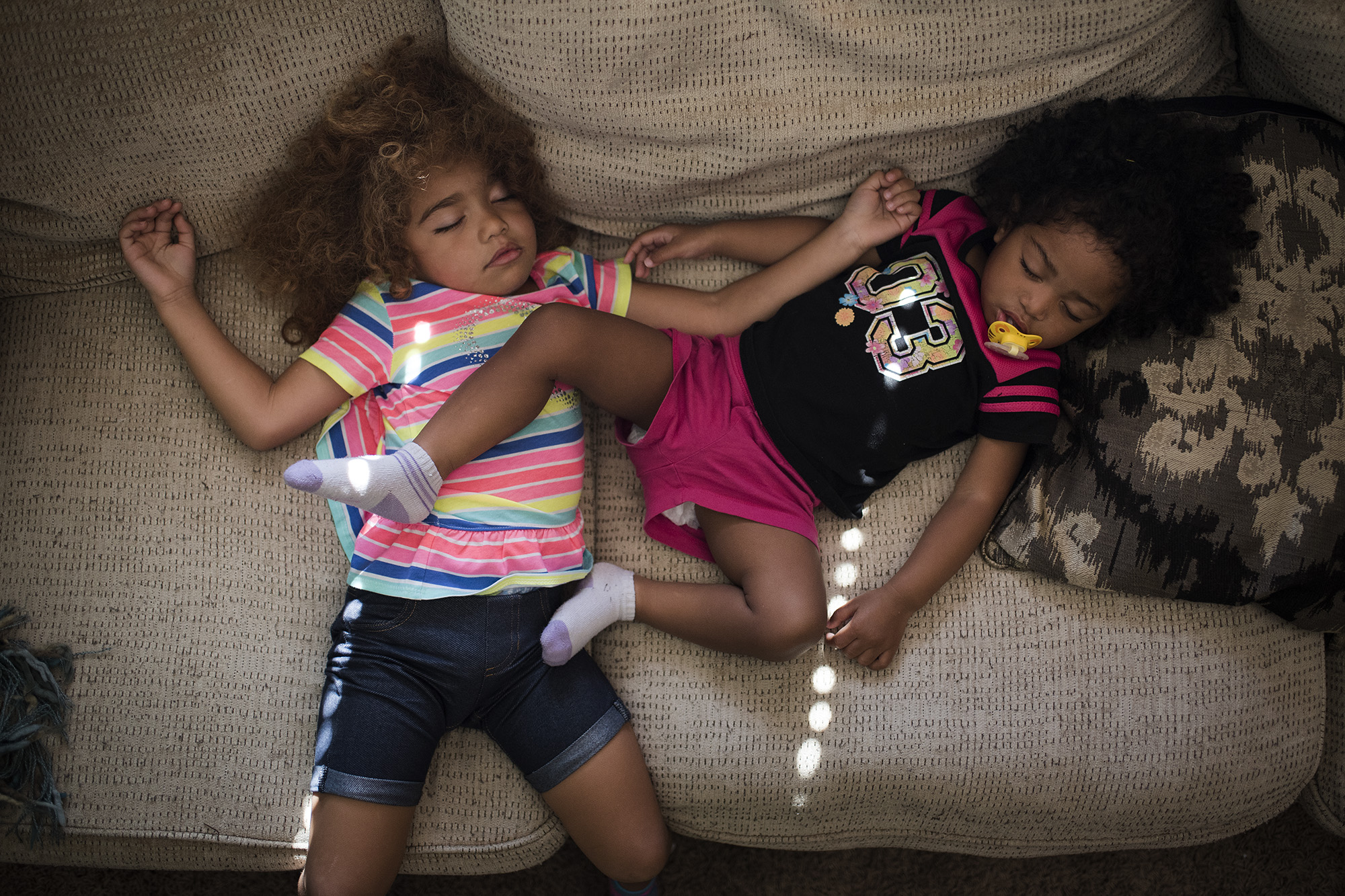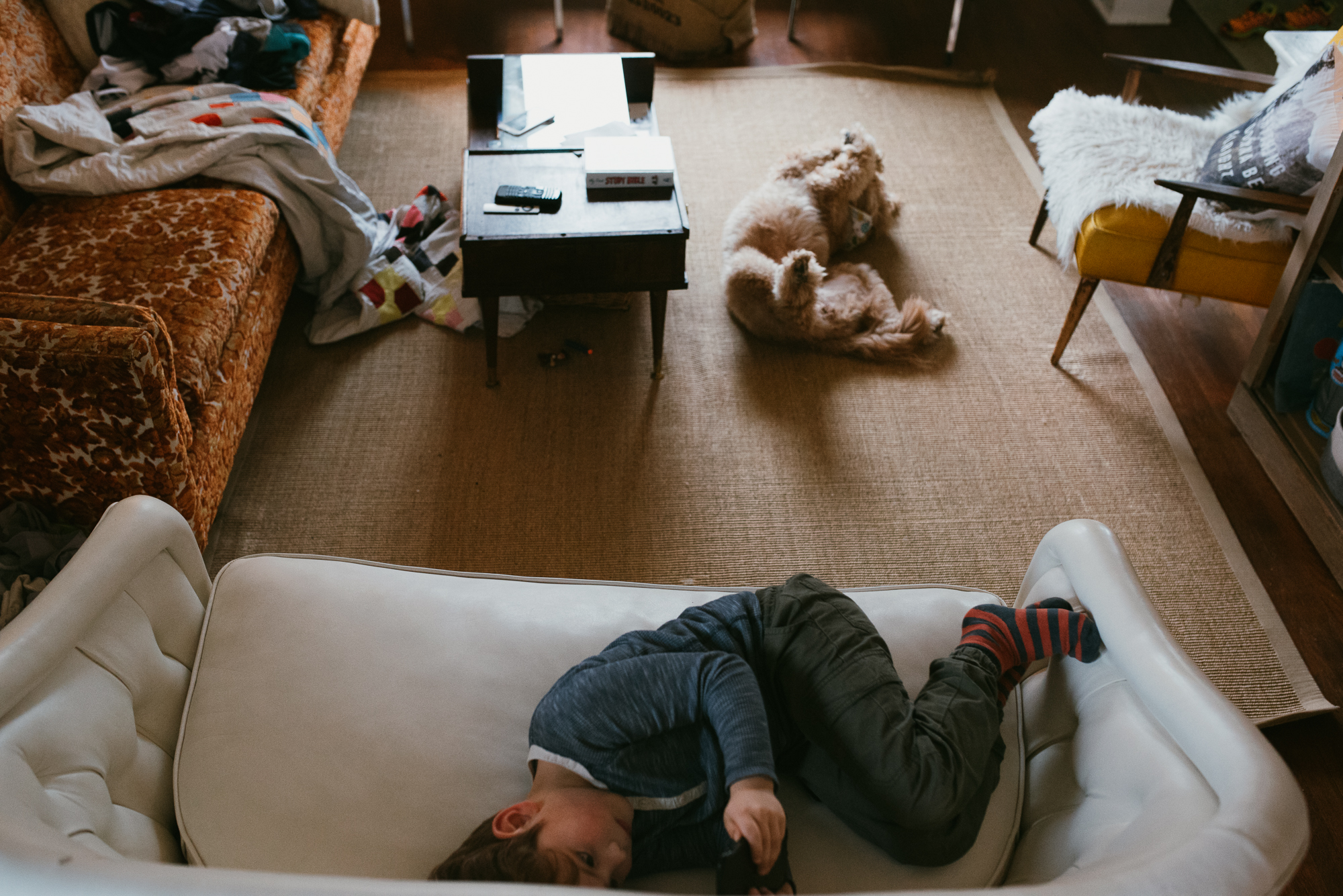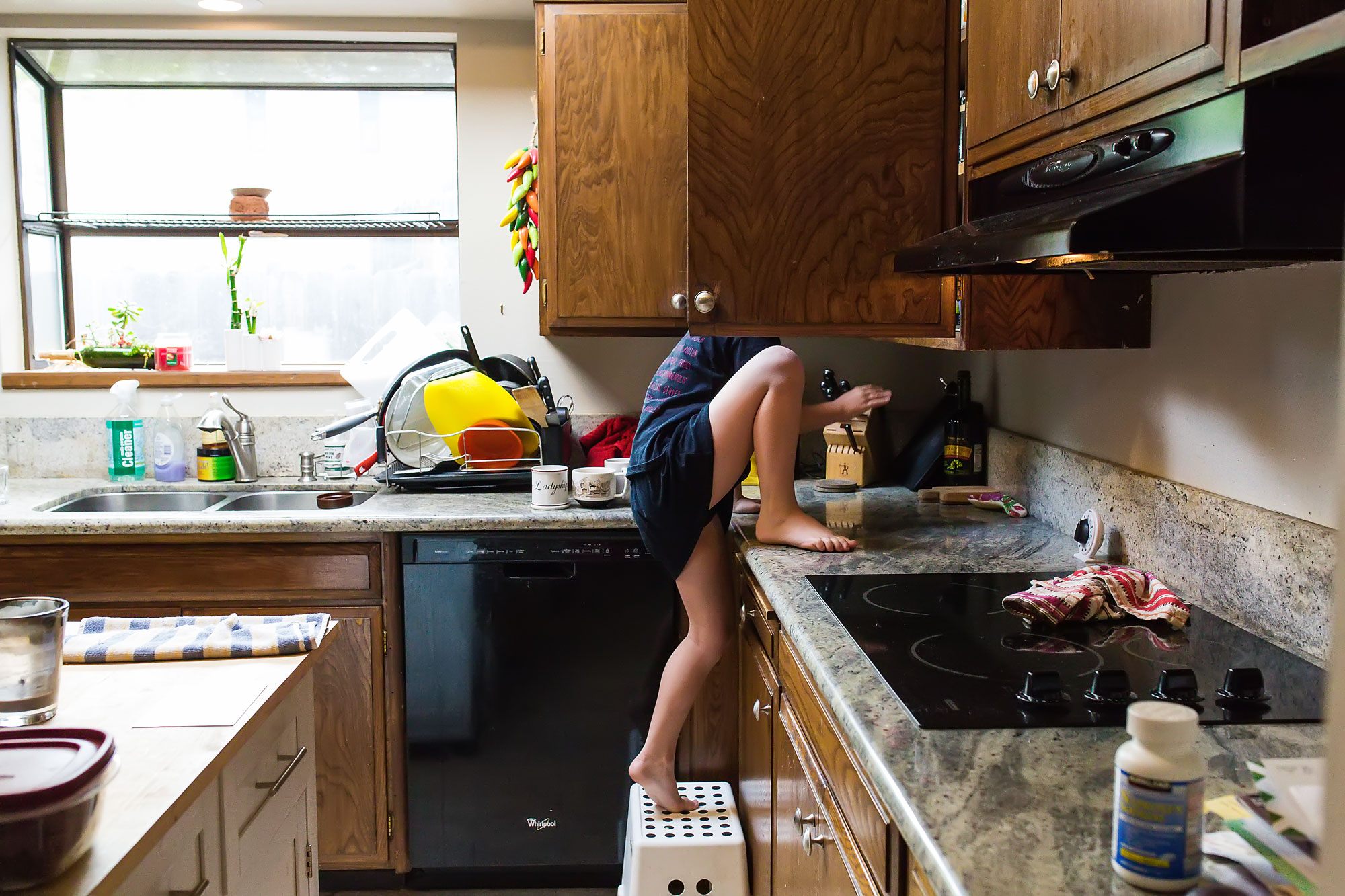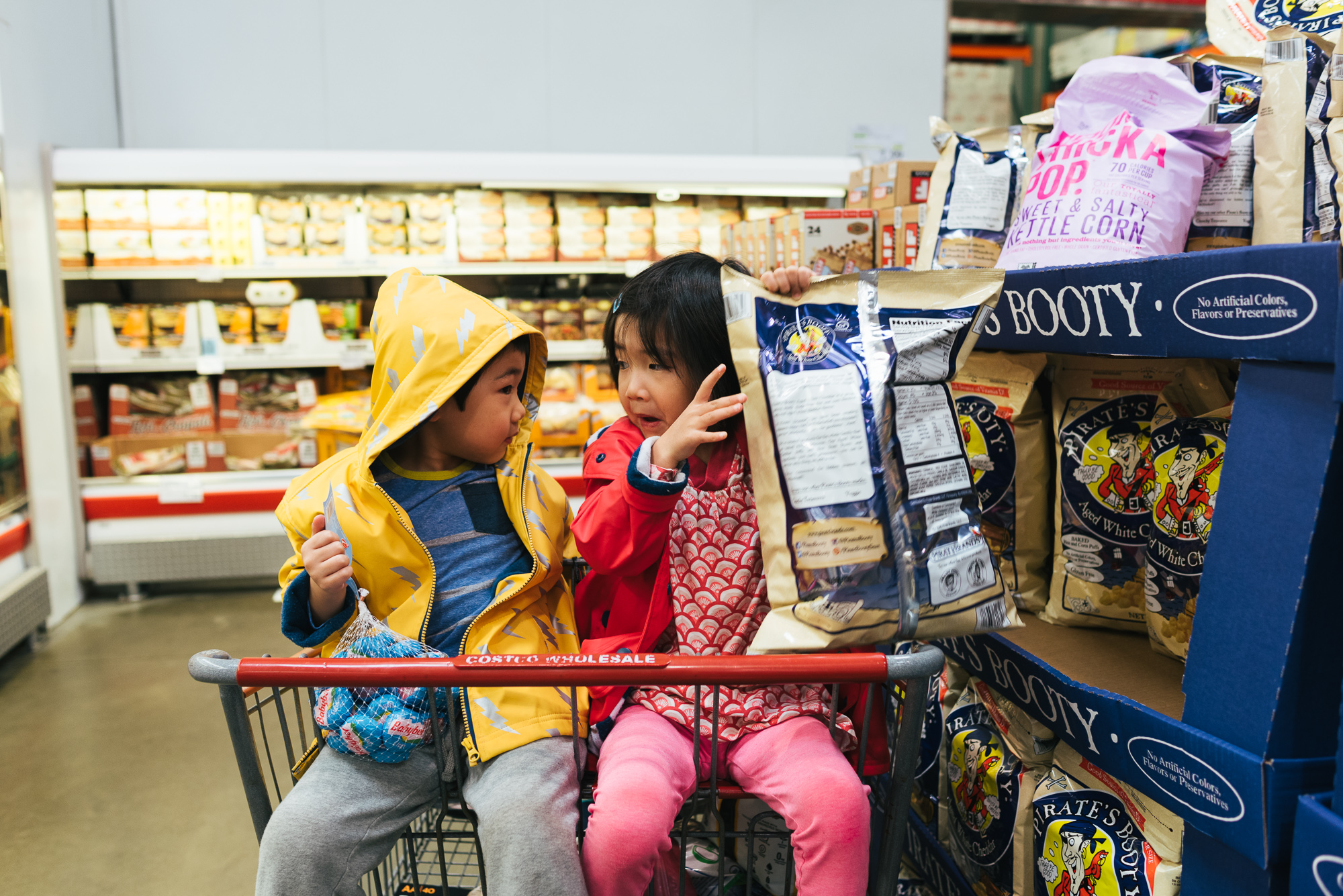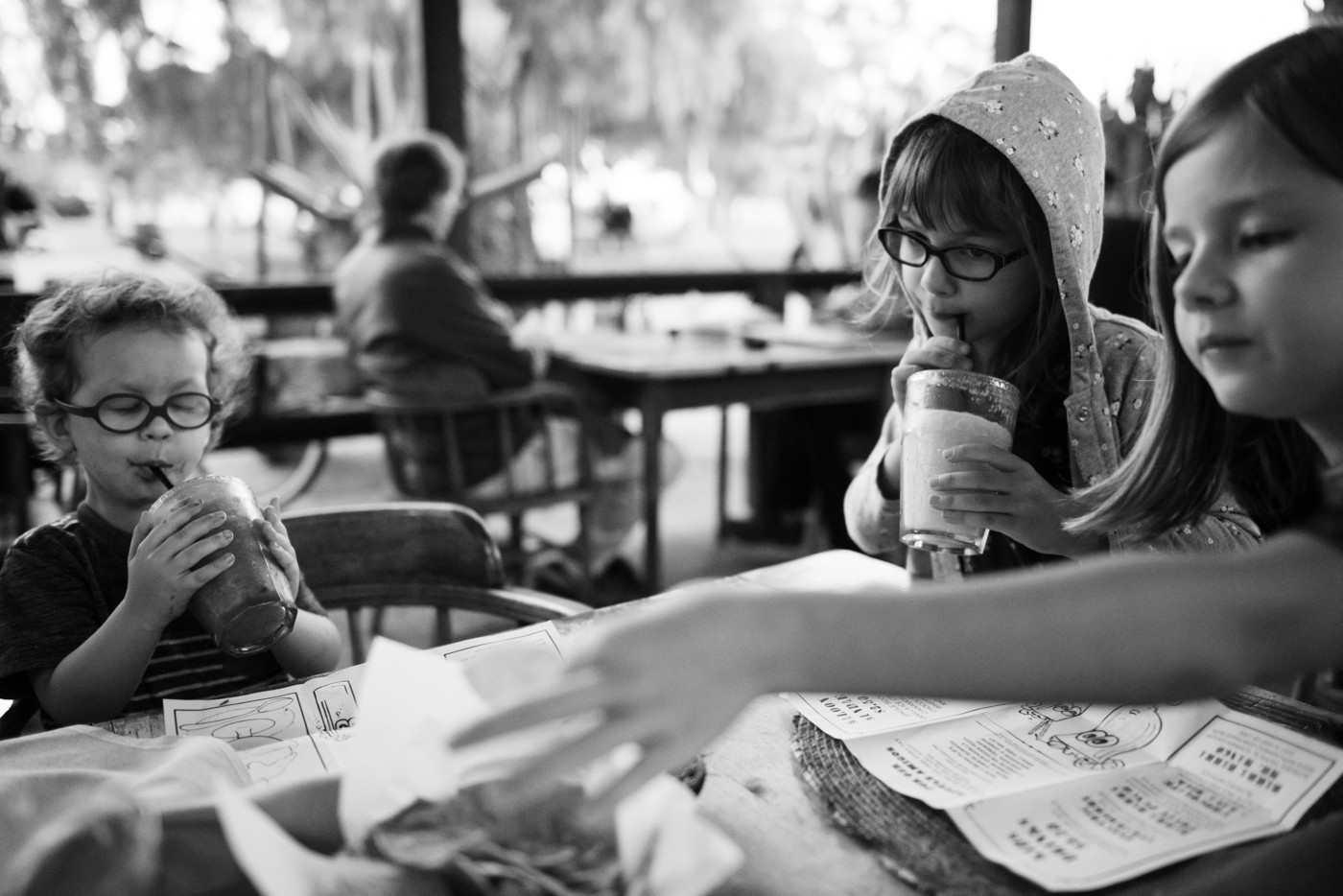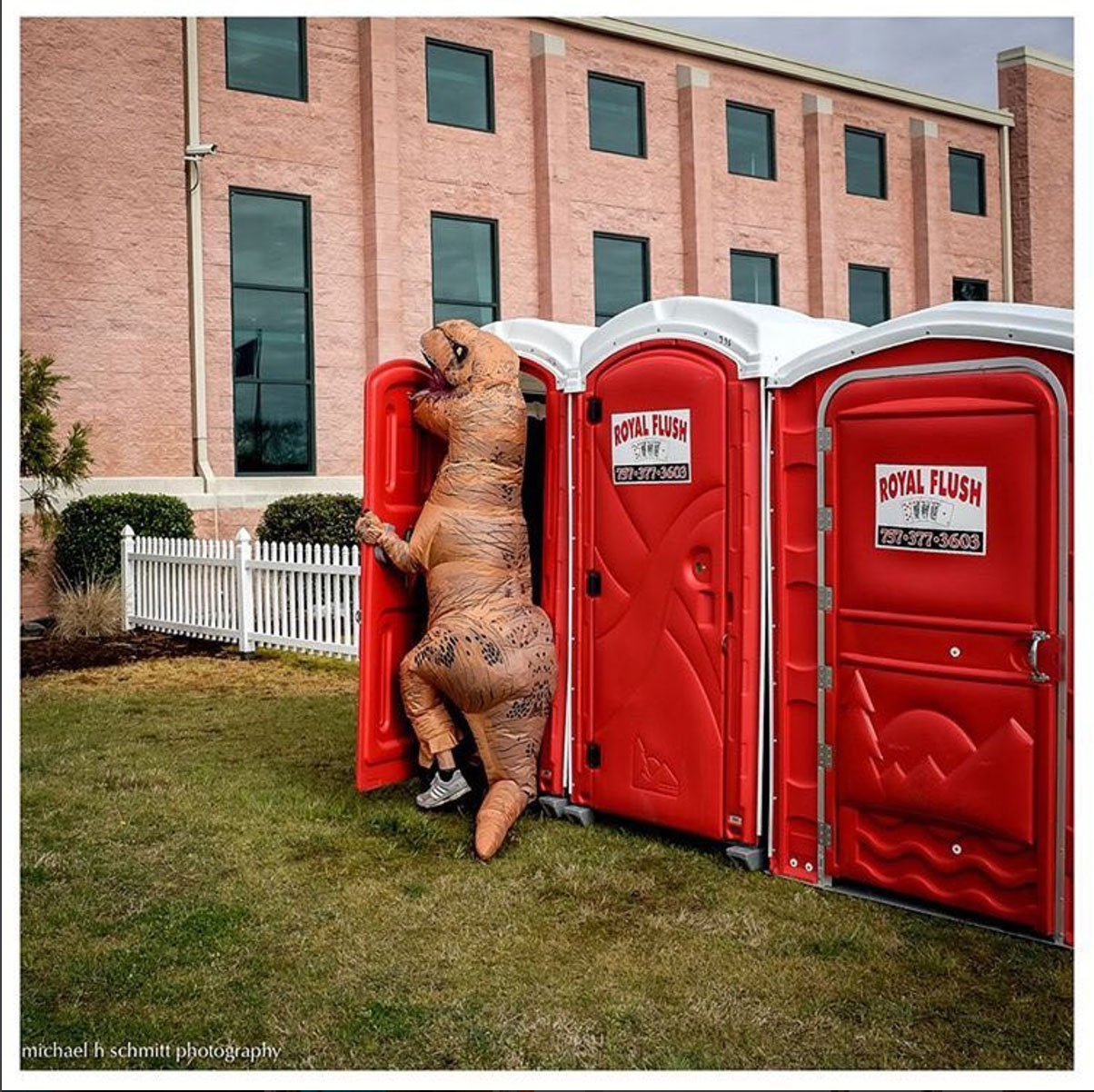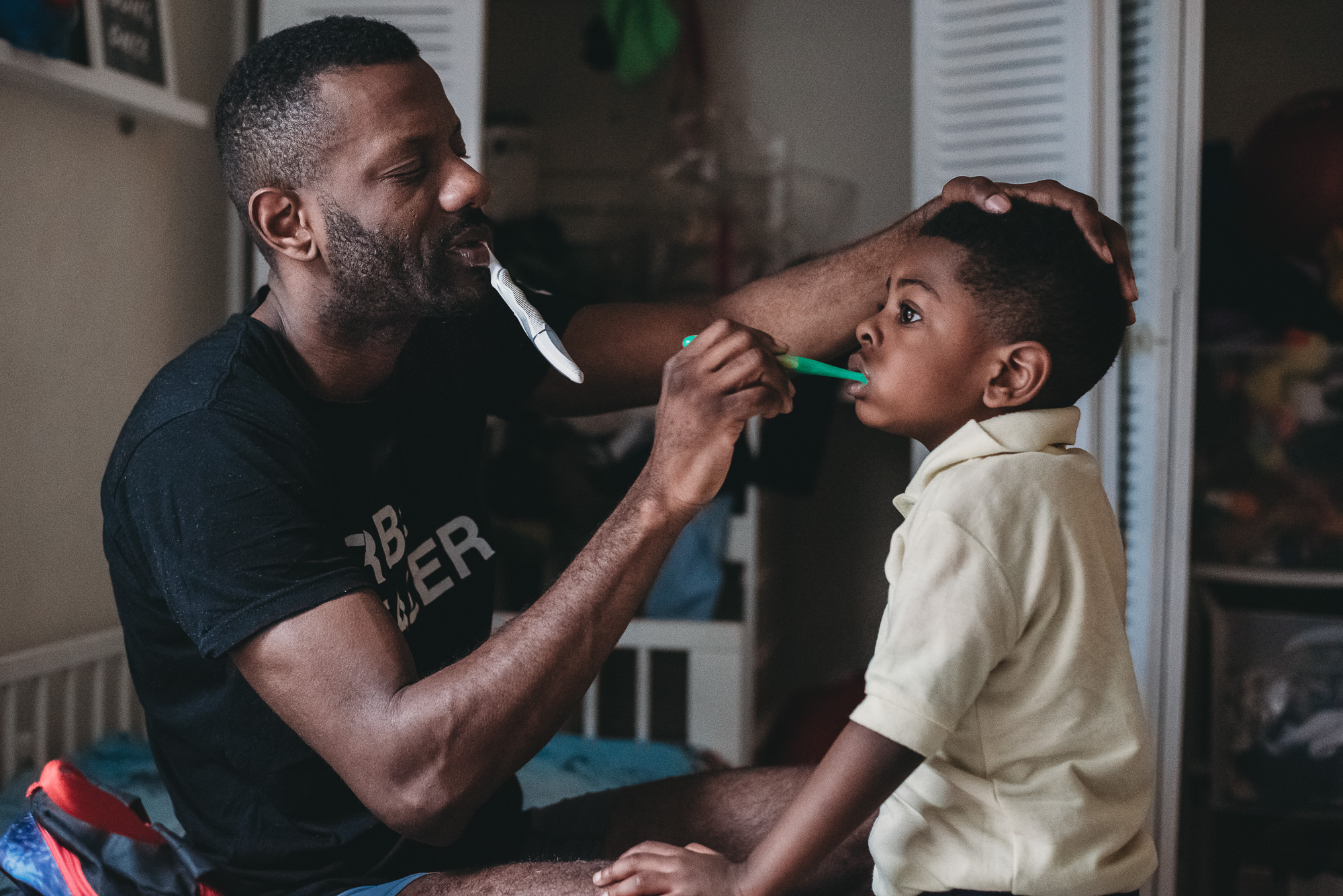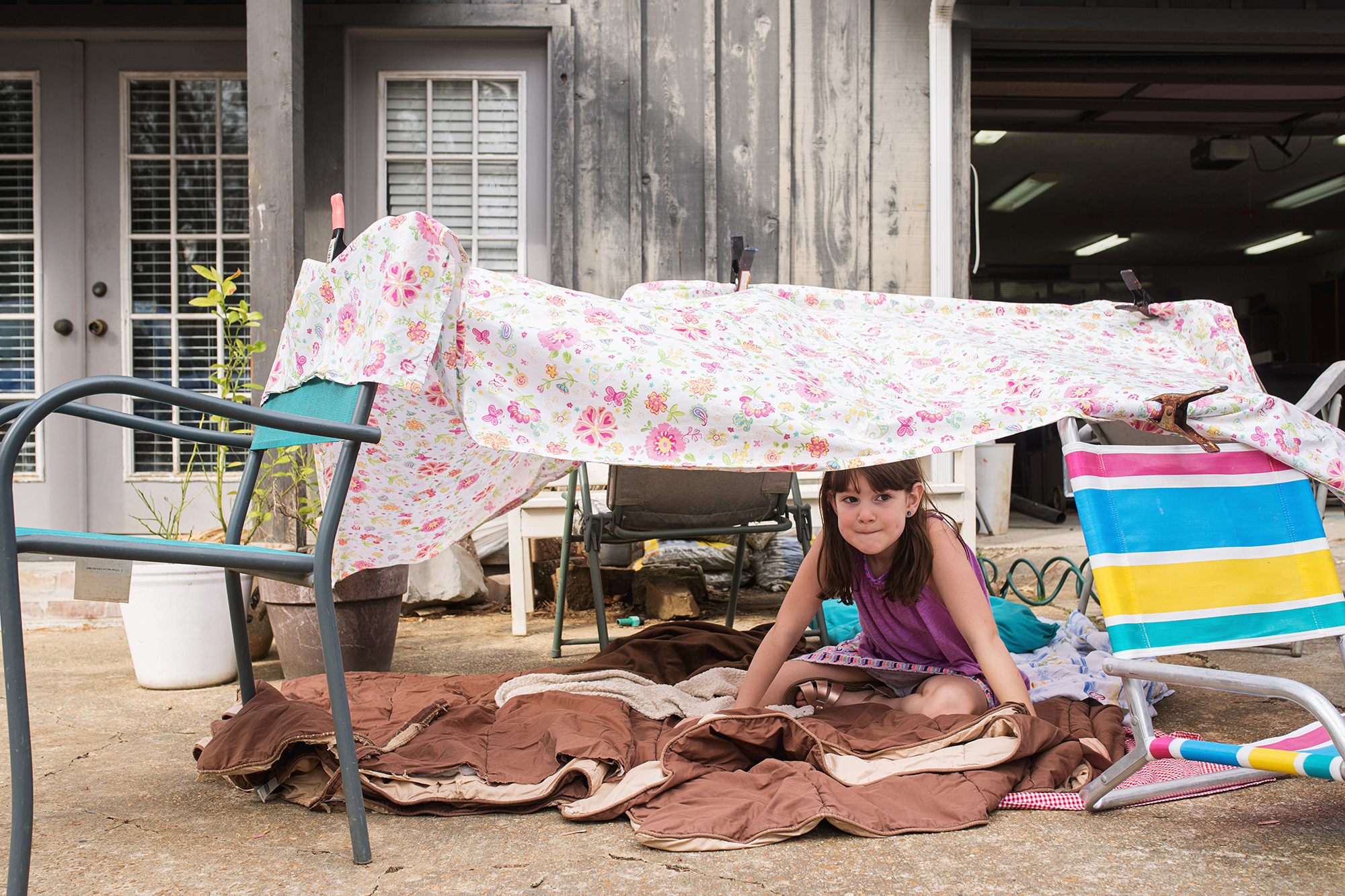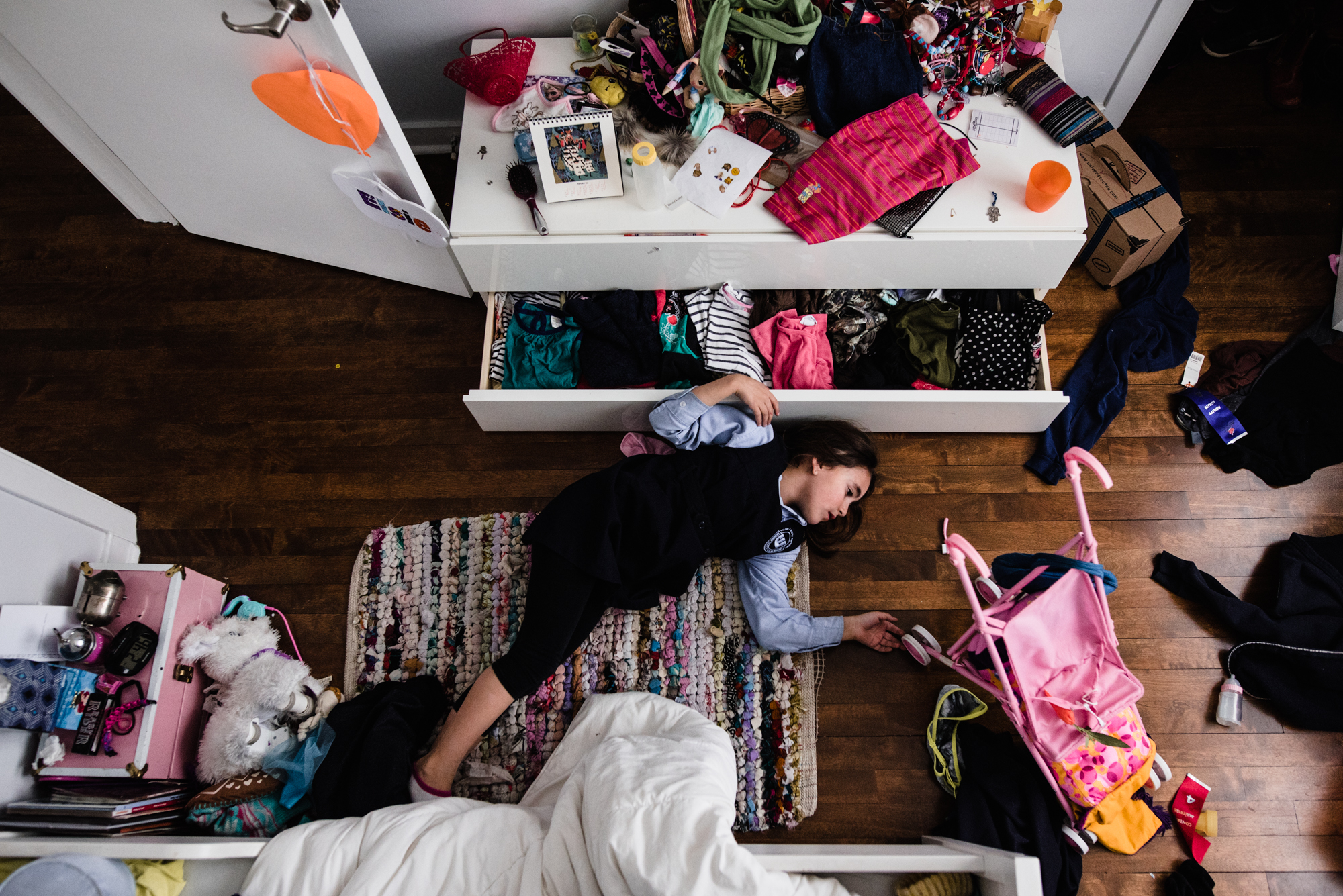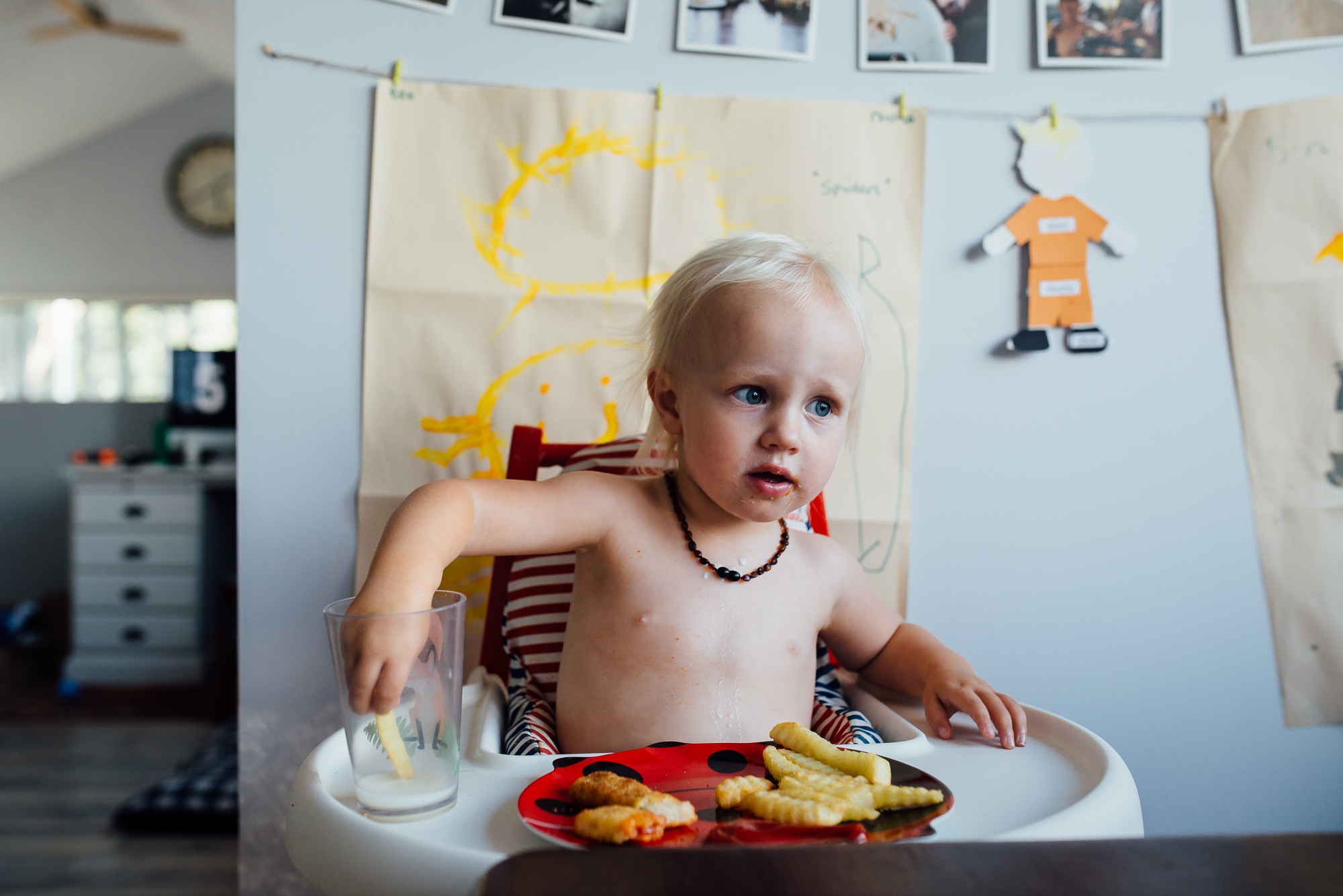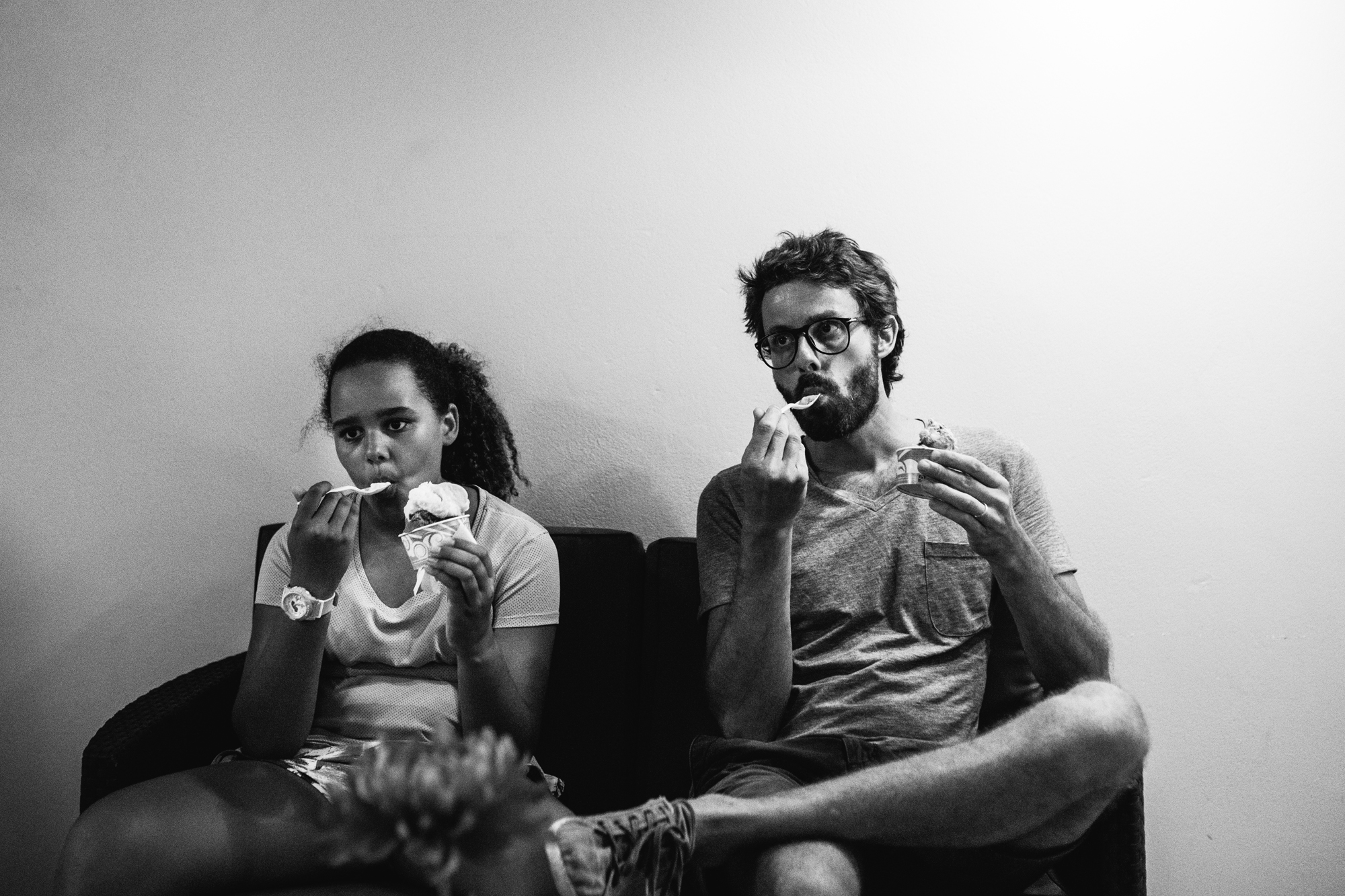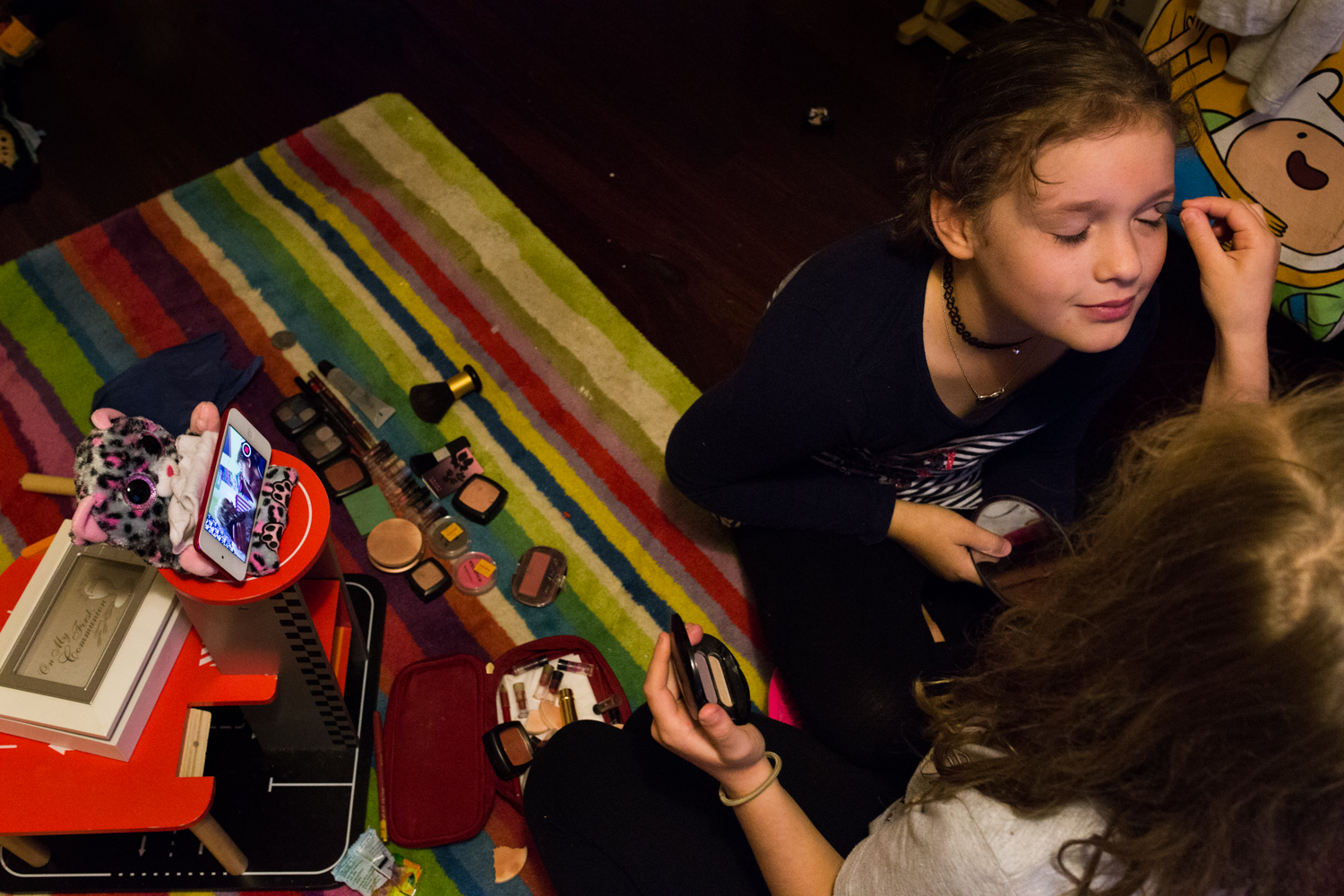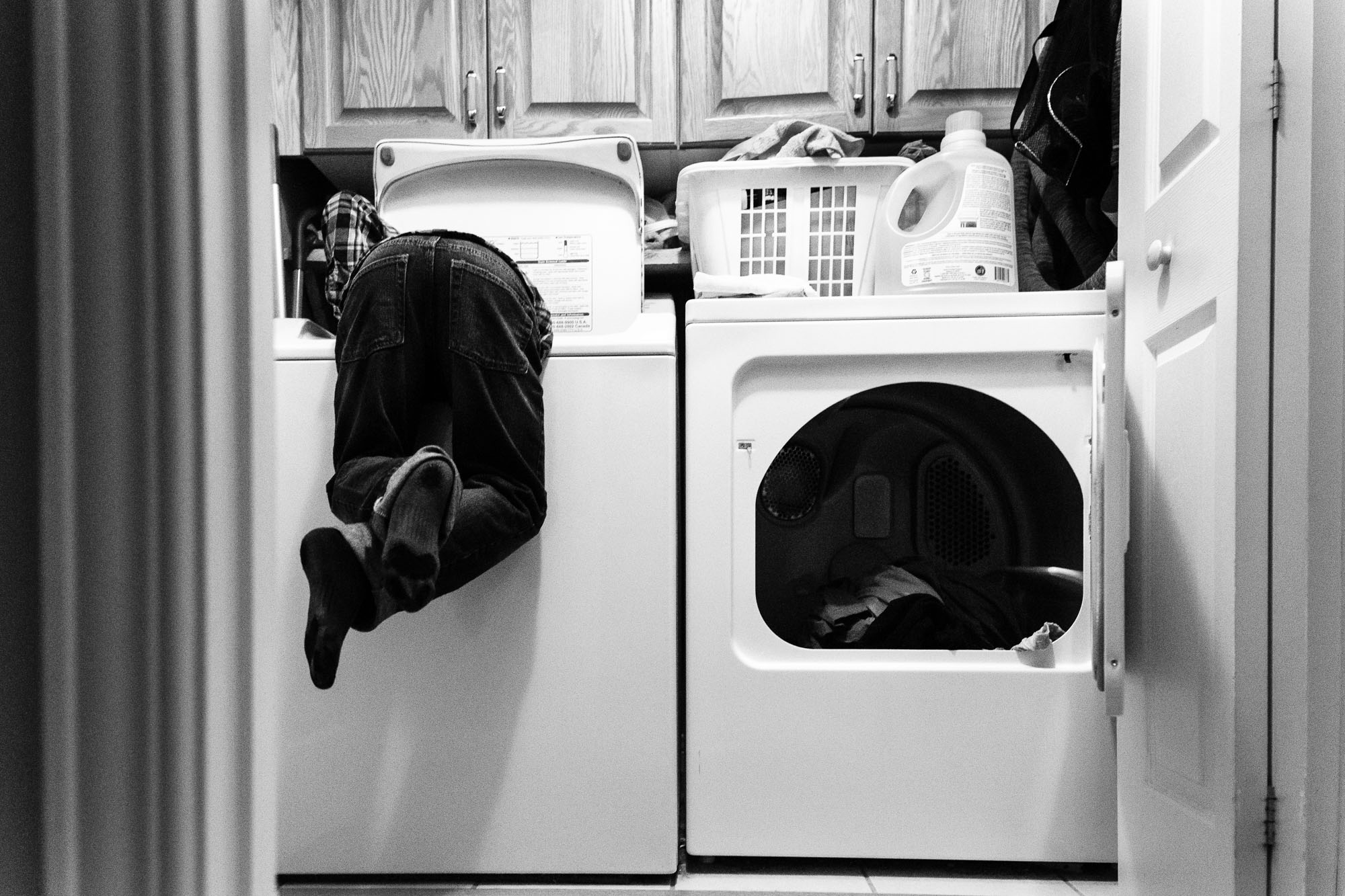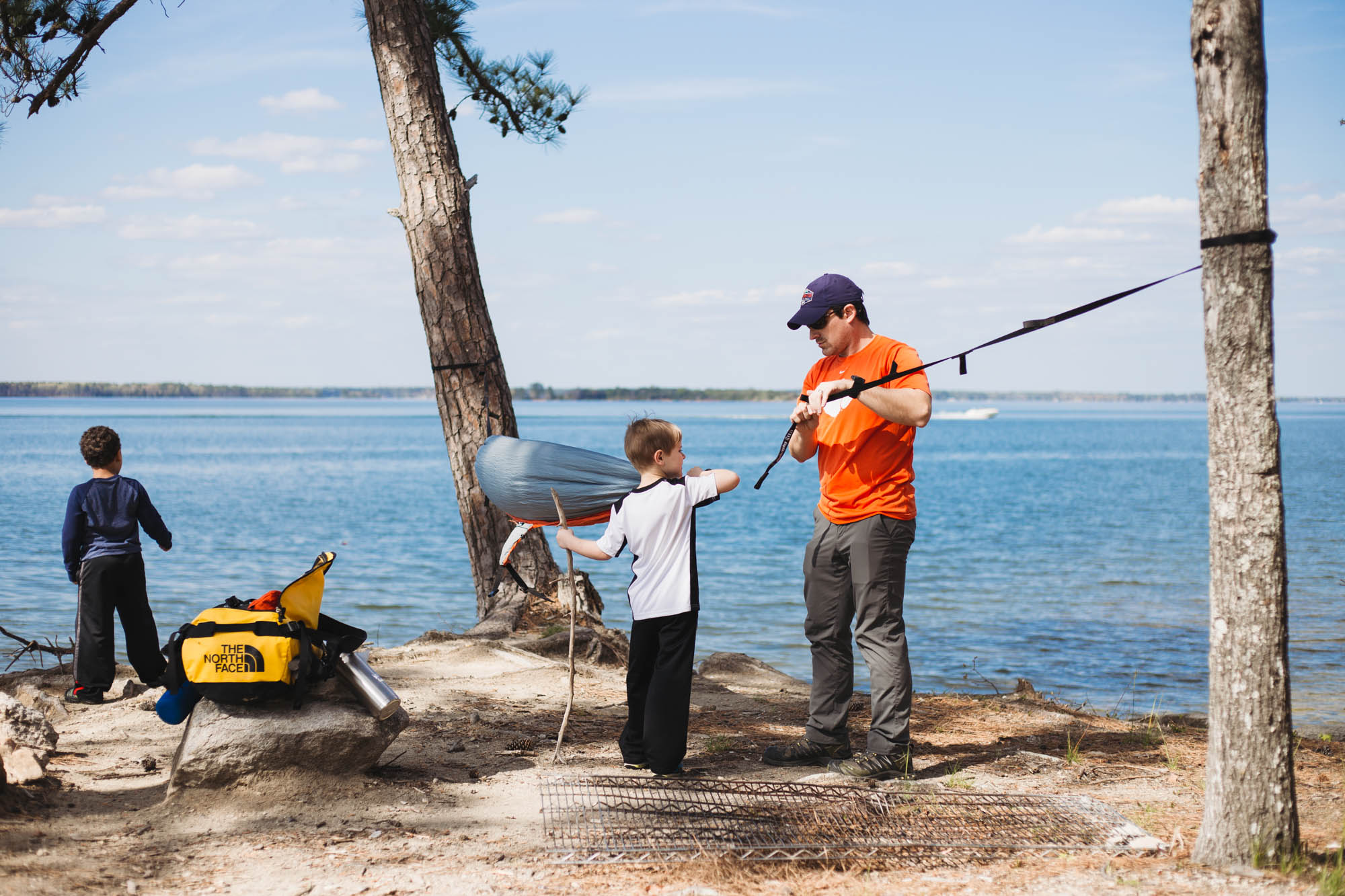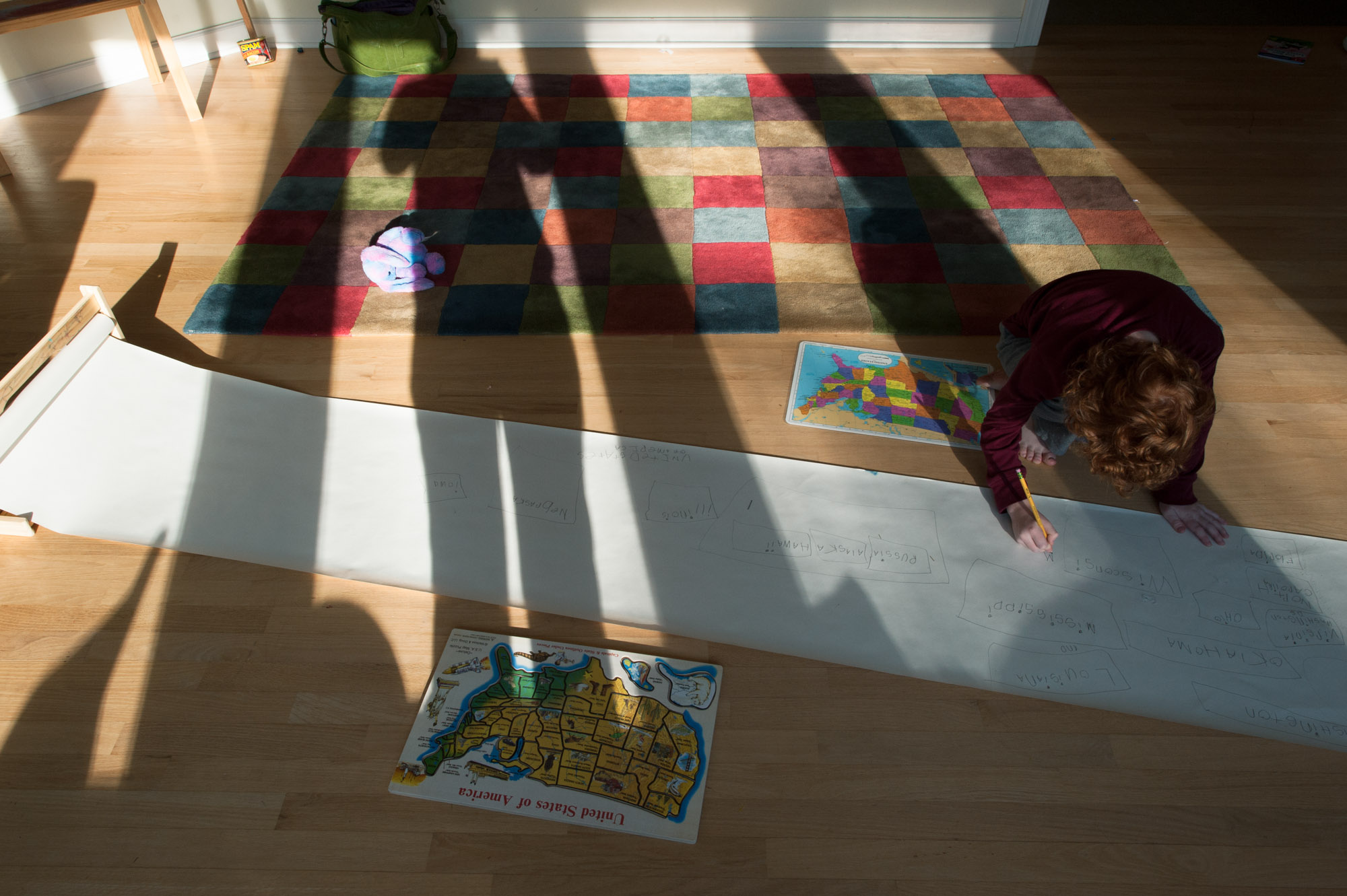“If you get tired learn to rest, not to quit.”
– Banksy
5 tips on shooting indoor with artificial light
Contributor ArticlesFor years I only made photographs during the last two hours of sunset. I never dared take out my camera at any other time. I went so far as to tell clients that “I’m a natural light photographer, and my preferred time to shoot is golden hour.” A.K.A I had no clue how to handle any other type of light be it morning light, harsh mid-day light or heaven forbid, artificial light. I tailored my style of photography around the only type of light I knew, and not surprisingly I hated my work. It was full of light airy images, beautiful smiles, and of course, glowing Sunkist light. I couldn’t connect with my work. I felt as though I was convincing myself that this was my style, when the truth was, I did not have the technical know-how to photograph what I wanted. Aside from my “alter-personality” portfolio, days and years were going by and I didn’t have a single photo of my family. Moments were missed, both amazing, sad, and the mundane everyday – but I was afraid to shoot inside. I then looked at the empty boxes of my family’s memories and decided it was time to document my family.
I knew I needed to learn how to photograph indoors, in any light. If you are afraid of getting your camera out I’m going to share 5 tips to give you inspiration and technical advice so that you can start making images inside when that sun goes down.
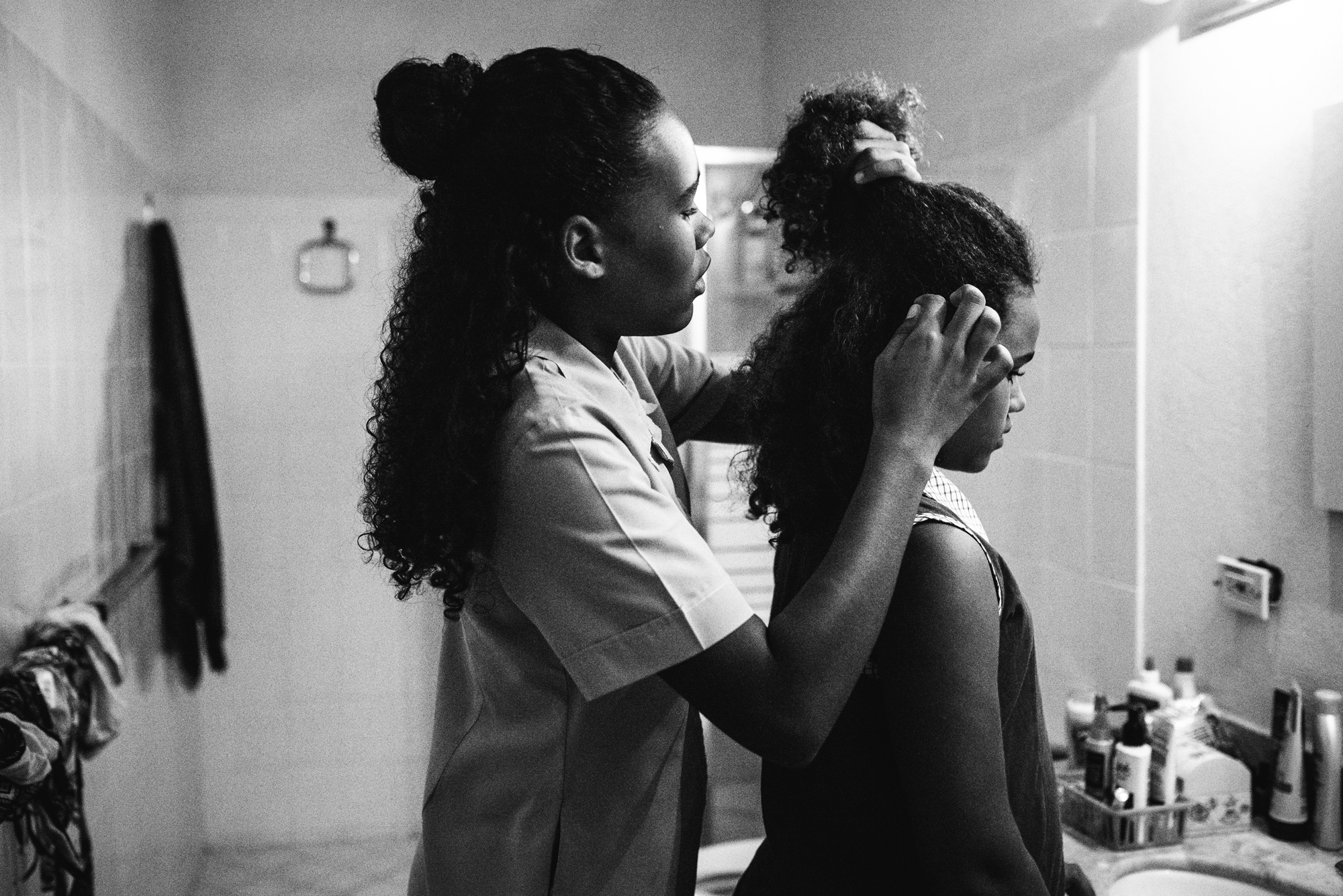
TIP #1: Look for the light, it’s there.
This was one of my first stumbling blocks when getting inside and starting to shoot my family. I panicked as the sun went down because I saw fewer opportunities for photos. Inside shooting meant placing my subject next to a window or opened door. When beautiful light wasn’t streaming in from those sources, my camera was put away. What I failed to see, is that light can come from anywhere – I just wasn’t looking for it. When I finally opened my eyes, I saw that light can be used from an overhead fan light, a lamp, kitchen spot lights, opened refrigerators, the computer or TV, even a cell phone. With no light there’s no picture. We all know this. But there’s nowhere that says where that light must come from. Start looking at how an iPad can illuminate your child’s face, or how the lights inside a fish tank can light up your subject. There are so many sources of light inside our homes, we just have to actually “see” them.
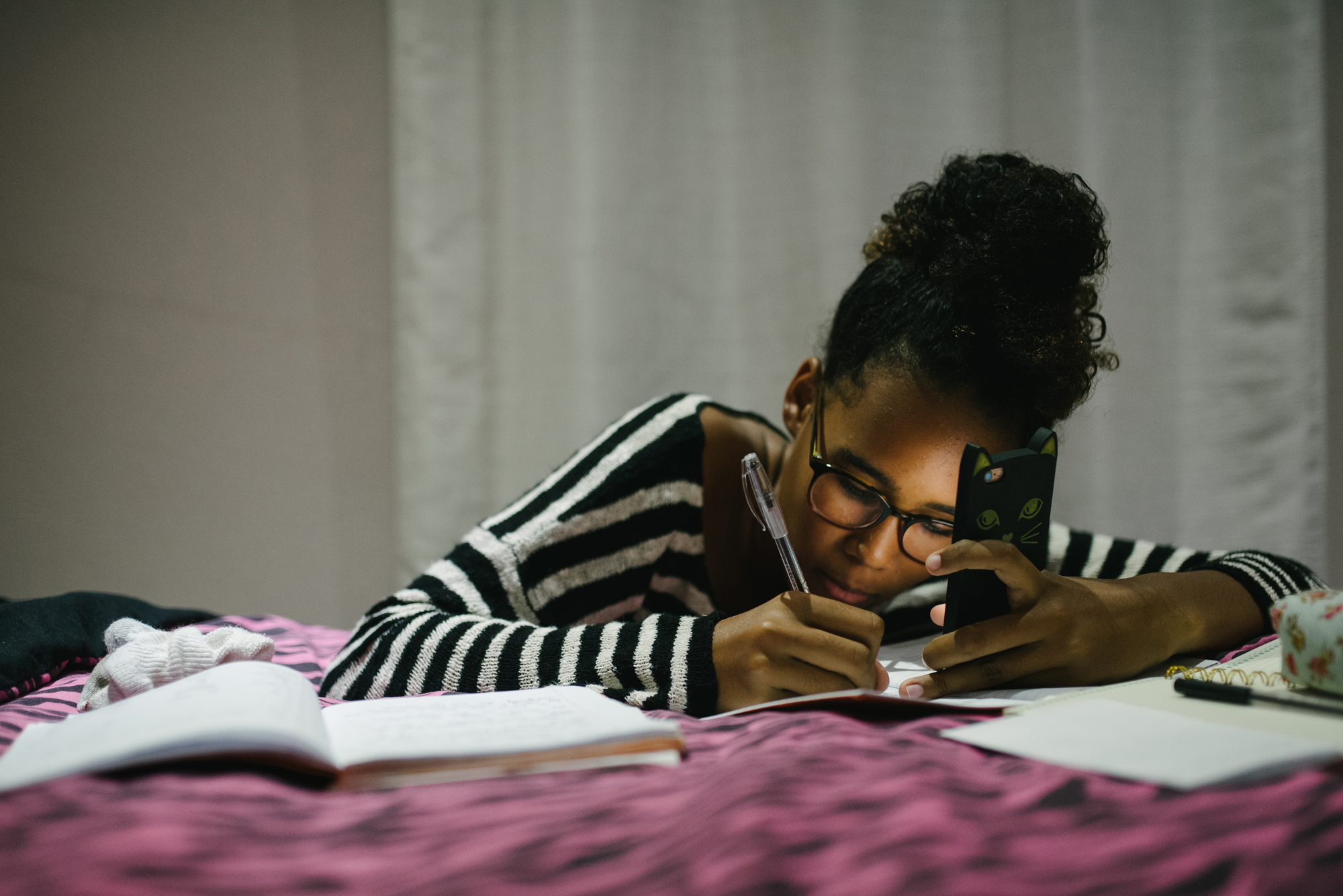
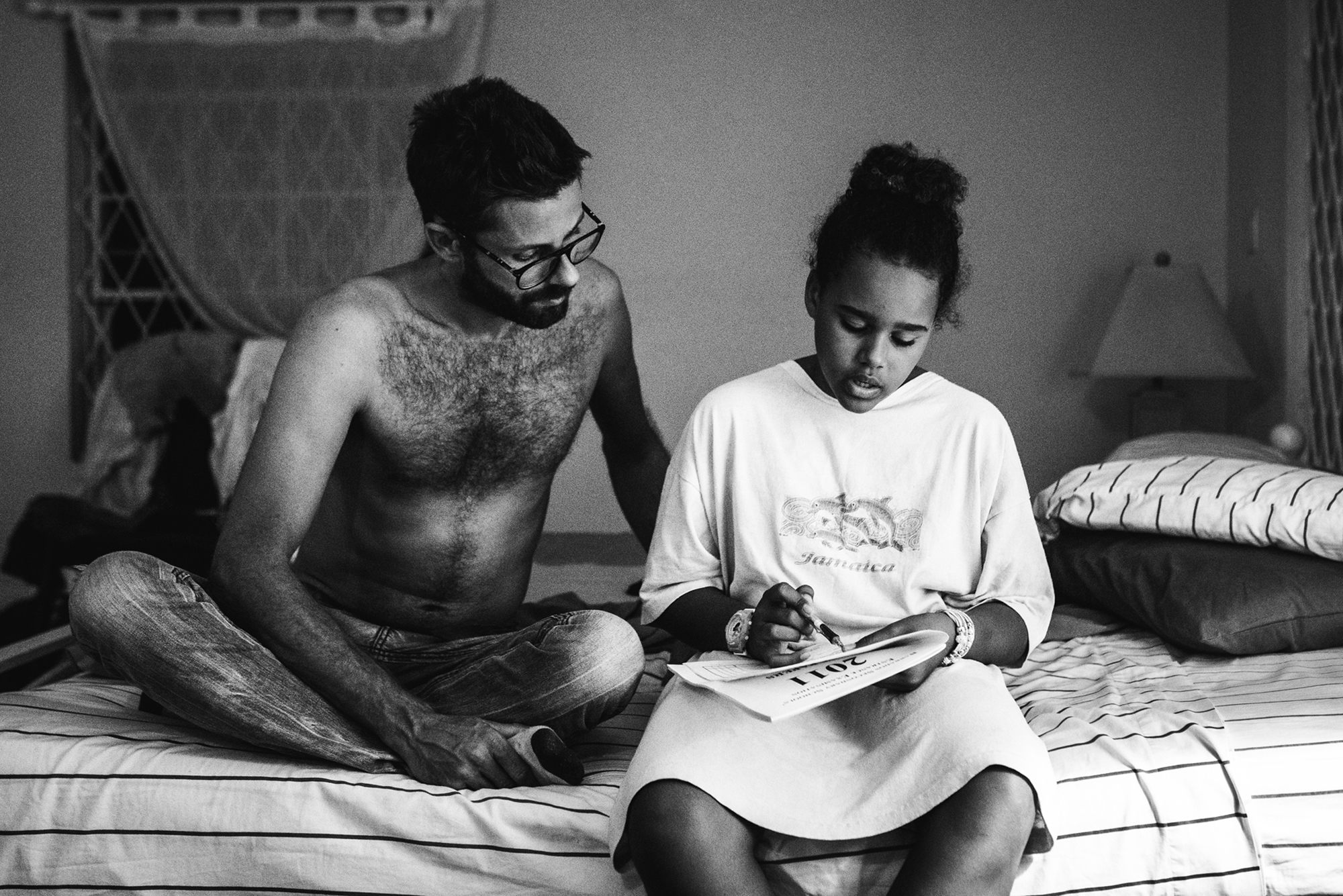
TIP #2: Limit the number of light sources.
It’s hard to find beautiful artificial light indoors. You have to be able to embrace the difference between gorgeous natural light, and artificial light inside. Many times, you’ll see a scene where there will be multiple light sources, and this can completely throw off your exposure and your white balance. To increase the quality of your light in your image, use only one source of light. Turn off all surrounding lights and work with just one. Below is an example of this. When I walked into my room, Adi was sitting on the bed with the computer. I knew I wanted to capture this, but there was too much light around her coming in from the bathroom, and ceiling light. These lights were overpowering the computer light that was shining on her face, which was what I wanted to photograph.
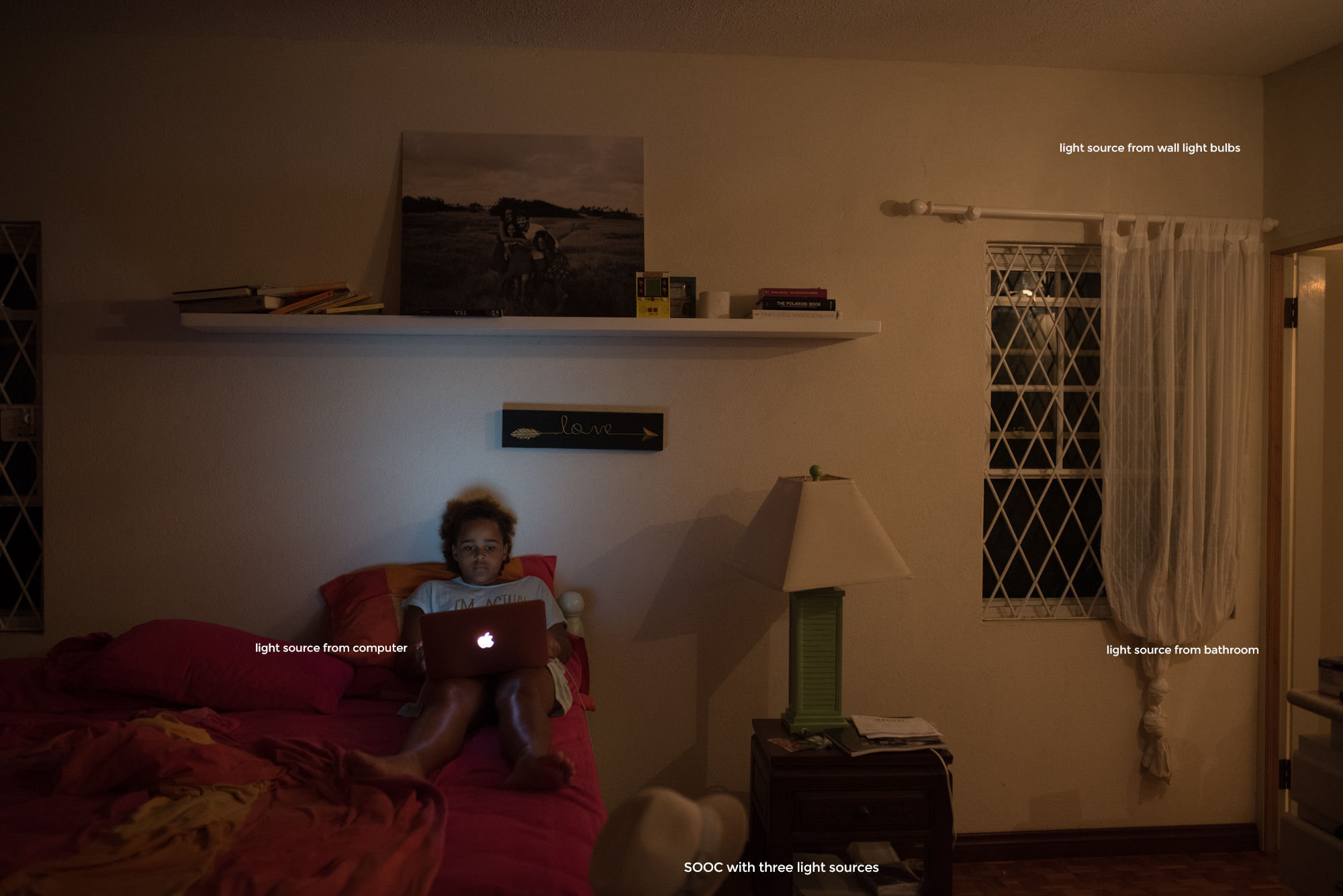 This is the SOOC image. Camera right is the bathroom door with light coming in. Additionally, there are light bulbs on the wall, camera right.
This is the SOOC image. Camera right is the bathroom door with light coming in. Additionally, there are light bulbs on the wall, camera right.
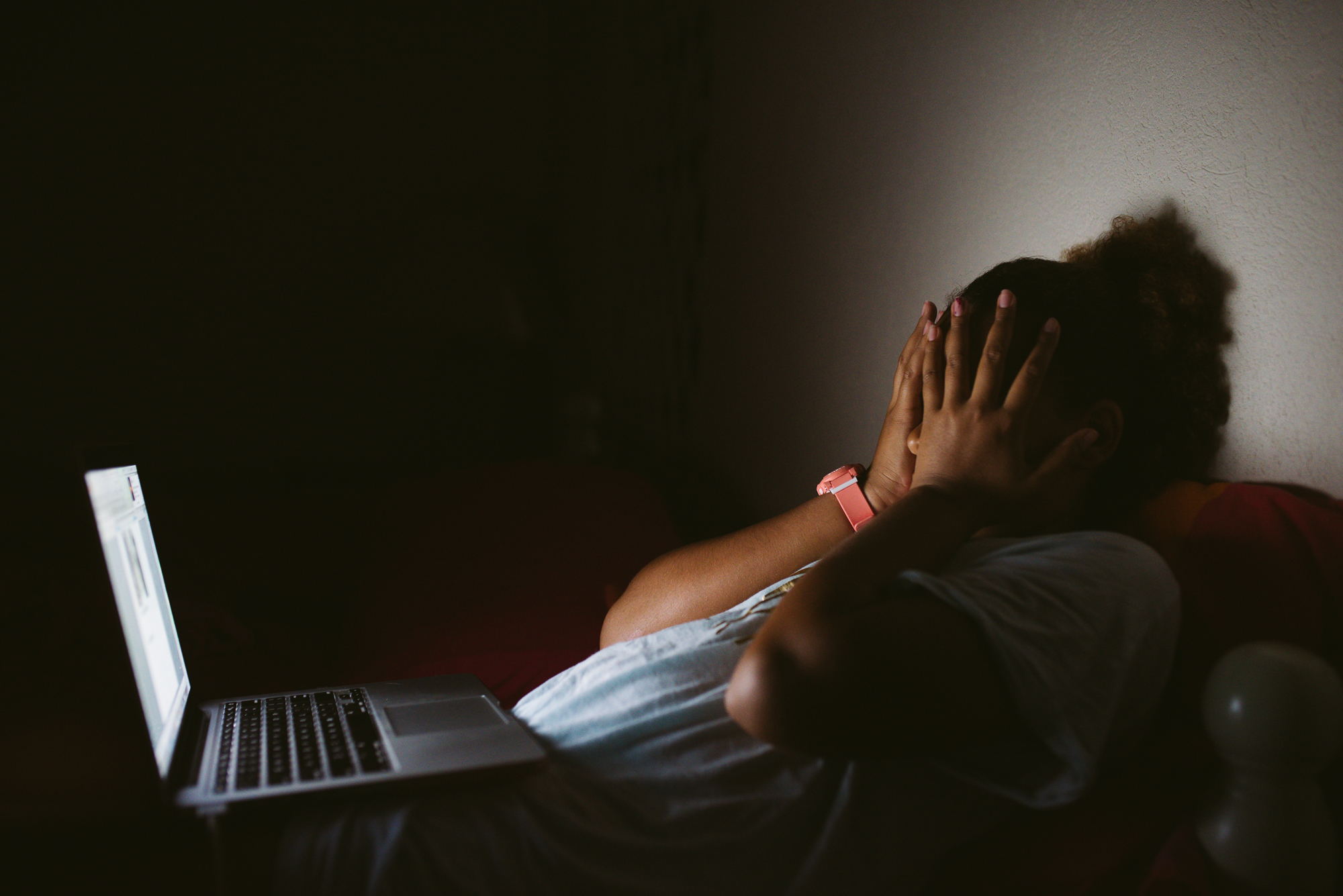
This is the final edit. I turned off all the lights, having the computer as my only source of light. The difference is astounding.
Keep in mind that there may be times when you have no control over the light in a room, and you cannot turn lights on or off when you are purely documenting your family or a client in their home.
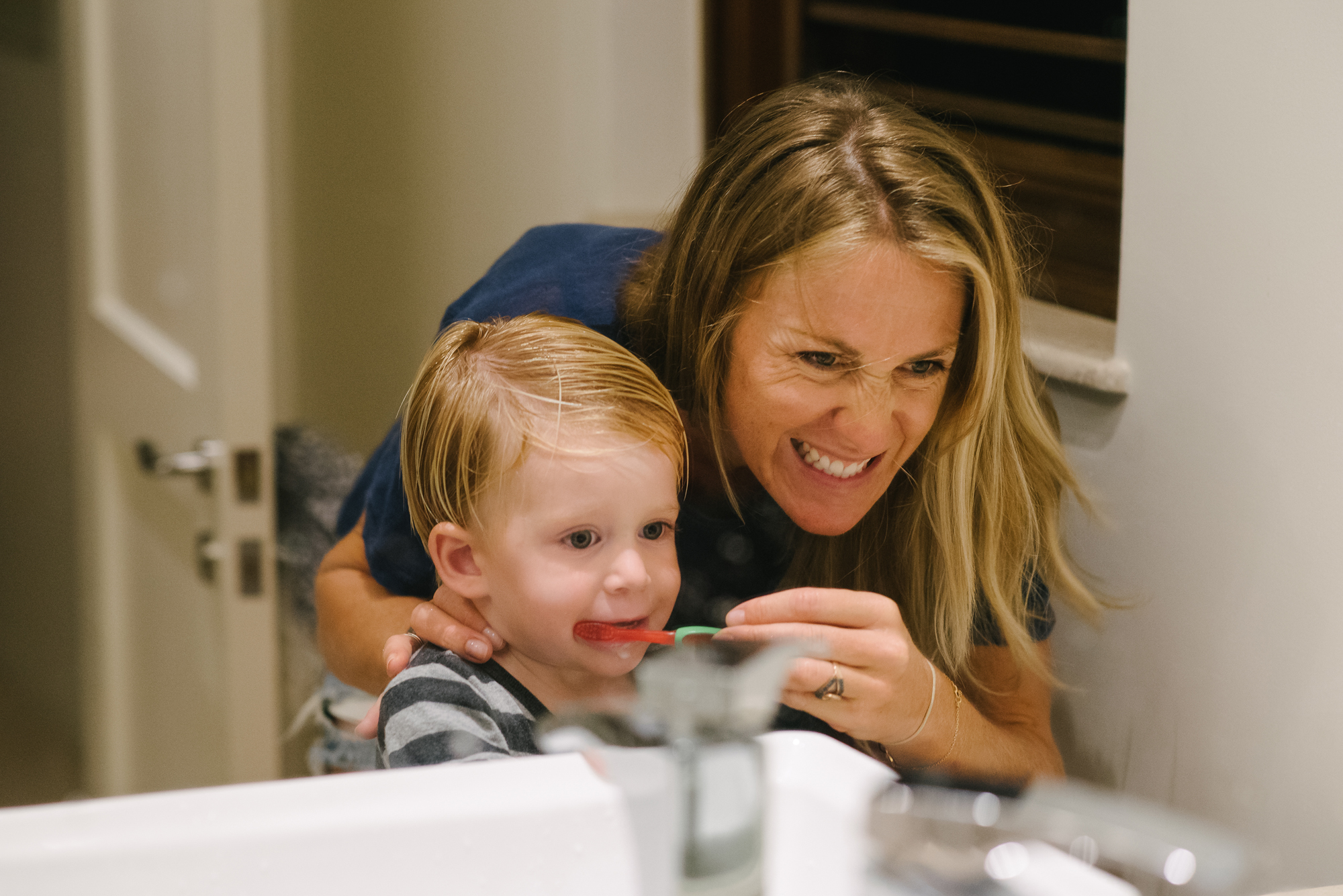
TIP #3: Crank up your ISO
More than anything I don’t want unintentional blurry photos. To make sure of this, I try to keep my shutter at 1/160th or above. This means that I’m going to have to rely on my higher ISO capabilities to keep my shutter that fast when working with indoor light. I have the D750, which performs phenomenally well in low light situations. Many photographers are concerned with the grain in the image. However, if you are a documentary photographer, a lot of the shooting will be done in artificial light or extremely low light indoors. You must be comfortable with pushing your ISO. I’m very happy shooting at ISO 12,800 if the situation calls for it. The tricky thing with ISO in combination with indoor artificial light, is that you cannot use ISO to create light in your image. Find the light first, then hike up your ISO to enhance the light. If the grain is far too noisy, you can easily eliminate it in post production.
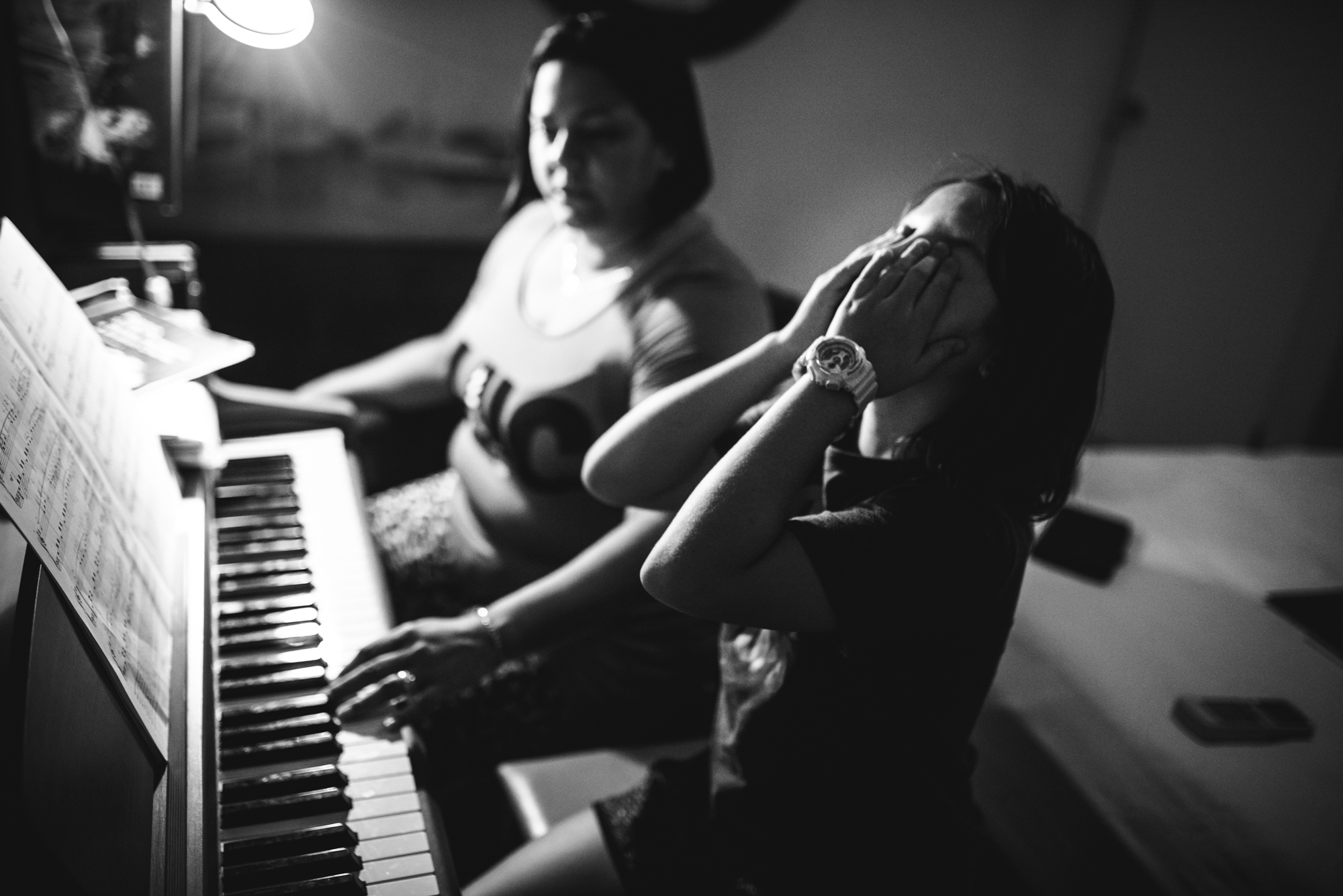
Tip #4: Open up your aperture
When working indoors with artificial light there will be times where you have to rely on your aperture to give you more light. The light can be so low from such a small light source, for example, that you will have open up your aperture to let more light into the scene. I will often use the 24mm 1.4 or 35mm 1.4 to let as much light into the frame as possible while adjusting for proper exposure. Be careful of the very narrow depth of field here when focusing. Your best bet would be to toggle and back button focus rather than focus and recomposing when using such a shallow depth of field in low light.
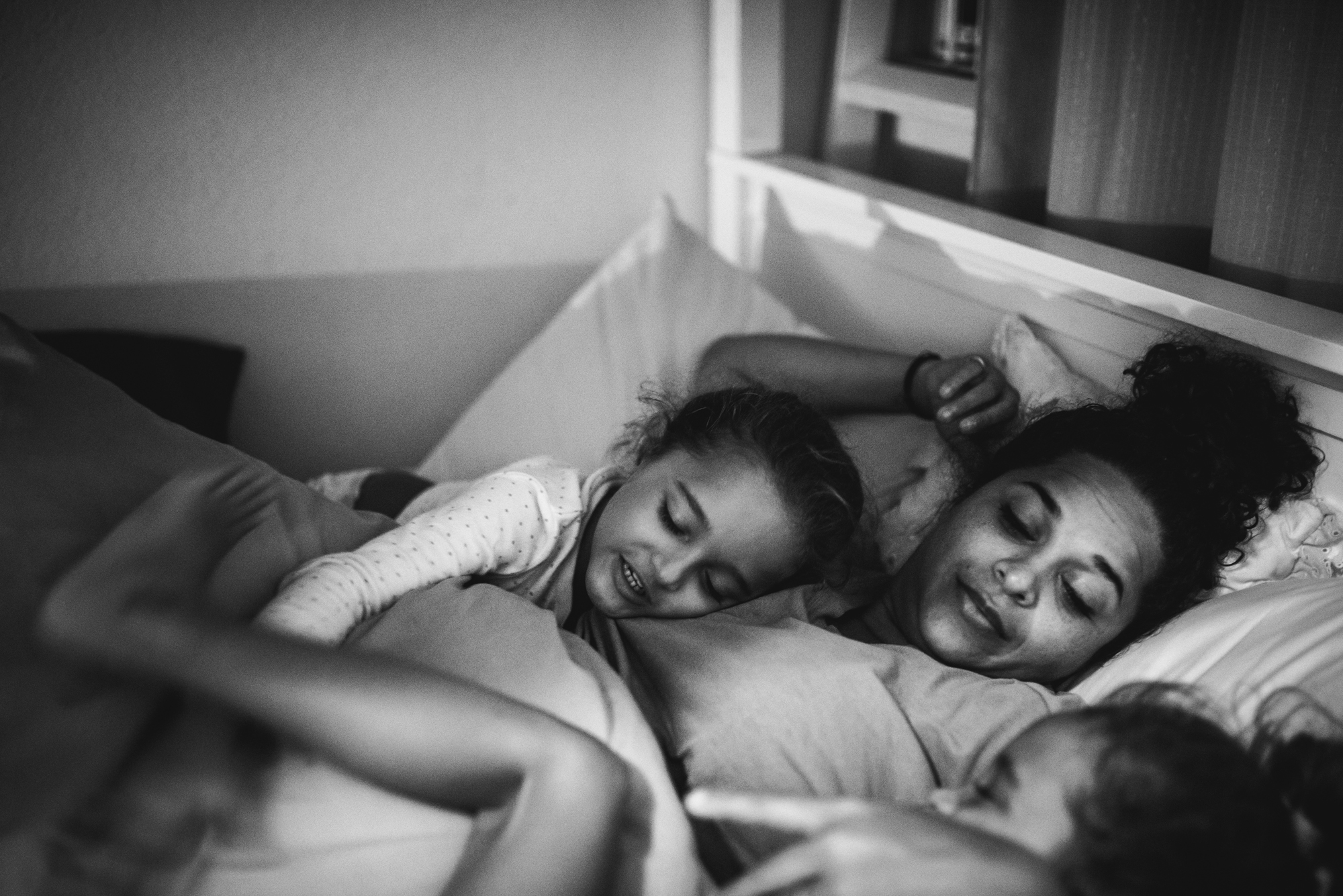
F/1.4, SS 1/30th, ISO6400
In this image, there was one small side light on the wall. I needed the widest aperture possible to illuminate this image.
TIP #5 Shoot in Raw
I cannot underscore enough the importance of shooting in RAW when photographing indoors. There are so many variables we cannot control that are easily fixed in post production only if we shoot in RAW format. Of course if you can nail exposure and white balance and create the image you want in camera, go for it. RAW files contain all the information needed, and we then have the chance to fix an image by having the ability to tweak exposure, highlights, shadows and so much more. Shooting JPG will limit your wiggle room when dealing with things like white balance which can be extremely challenging when photographing indoors with artificial light.
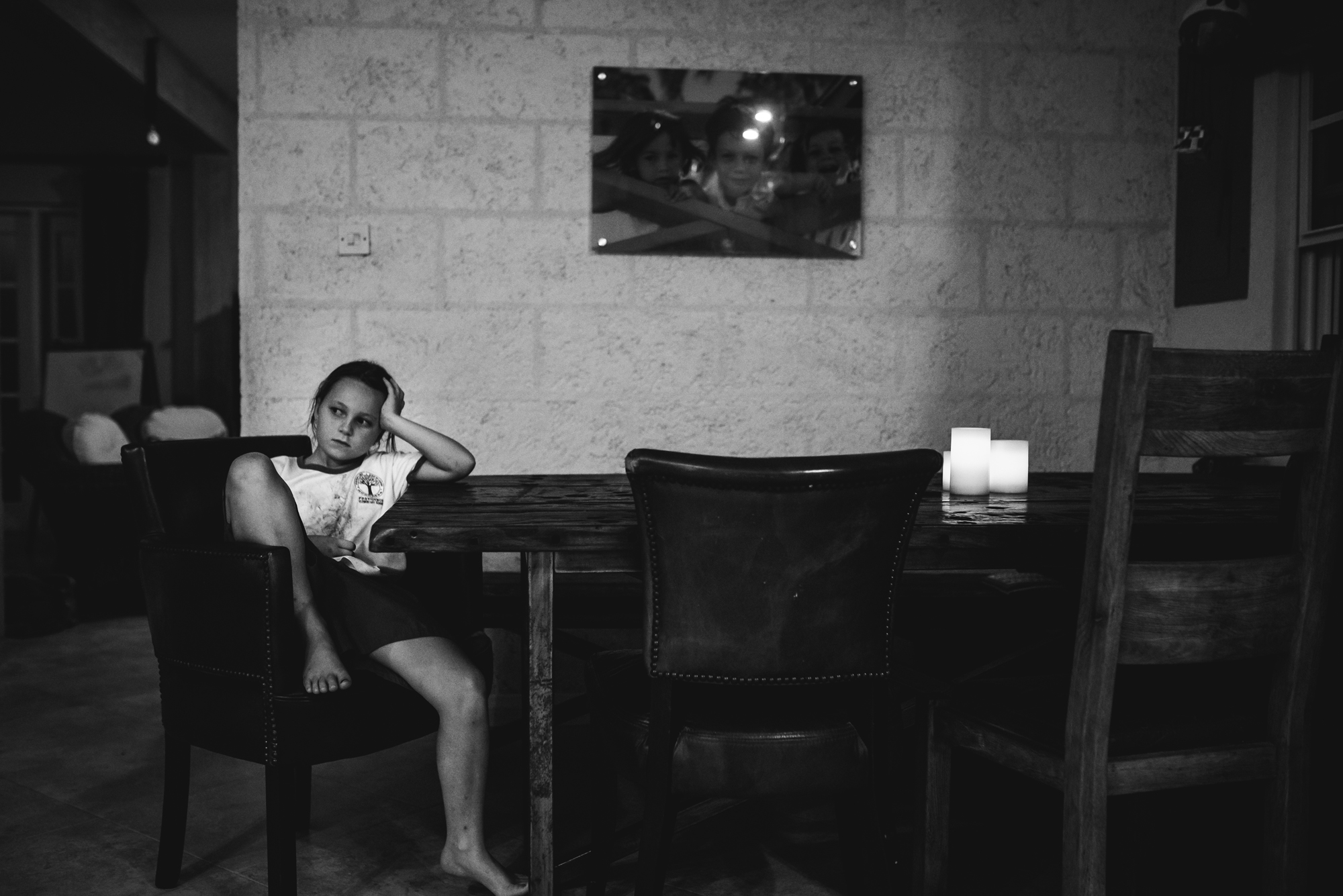
Images can be taken anywhere there is good light. Sometimes the sun makes us lazy, but when you train your eye to see and understand light, you can document truly spectacular moments indoors with the most unexpected light sources.
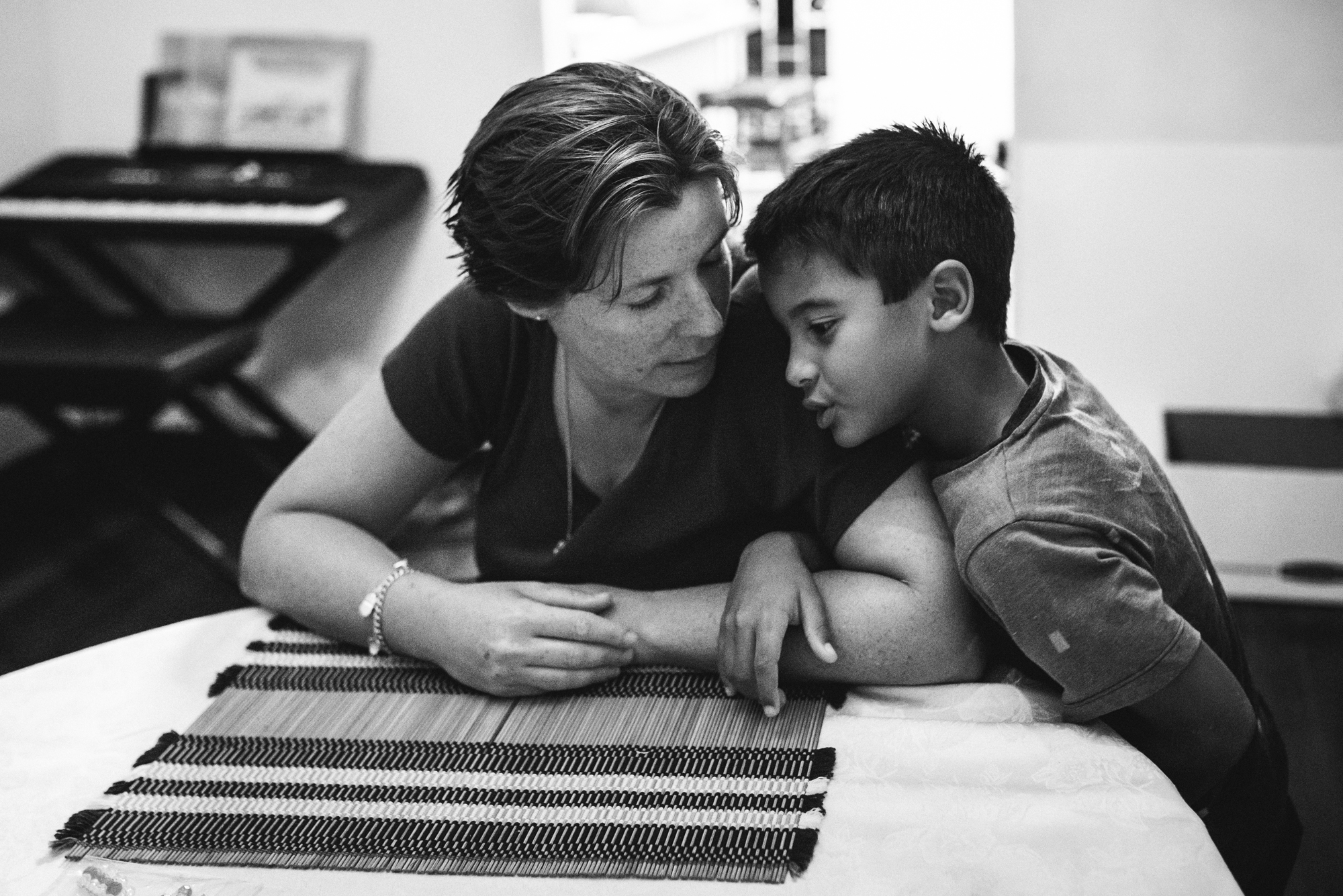
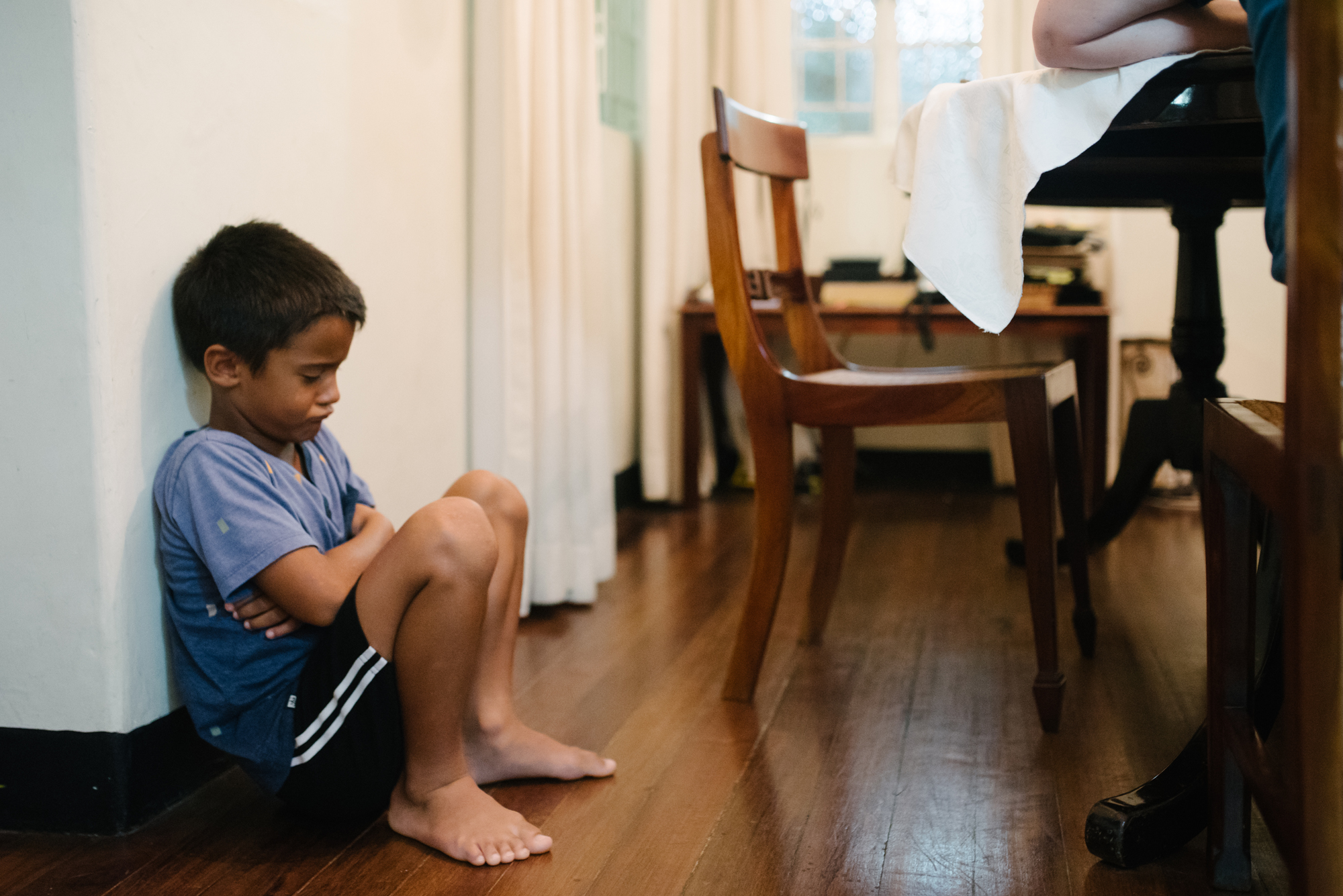
IG Community Post- April
Instagram Community PostsThank you for all your April submissions in our Instagram Community! We love seeing your documentary photos, so please keep tagging your photos with #shamoftheperfect to share with us. This month’s top honor goes to Michael Schmitt Photography. Be sure to check out his page and the pages of all our Top 5 artists for this month to see more of their wonderful work.
May 15, 2017
Collective Post“The true sign of intelligence is not knowledge but imagination.”
– Albert Einstein
Featured Session – Julia Erz
Featured, Featured SessionWe loved this busy, raw, and emotional documentary session featuring a family of 6 sent to us by Julia Erz. She is a documentary family photographer in Germany. Julia has two kids of her own and a masters in psychology which can only assist in her ability to understand and empathize with the children she photographs and anticipate their behavior. You can check out more of Julia’s work on her website, Facebook page, and Instagram.
Here is what Julia had to say to our contributors:
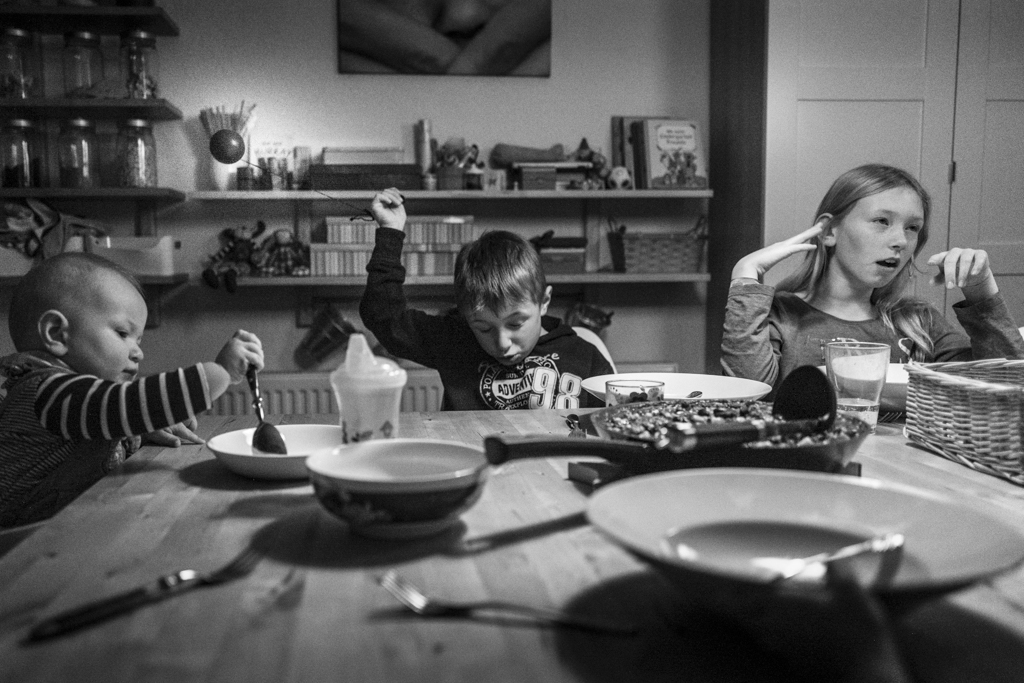
Chrystal: I love how honest these moments are. Sometimes I feel my documentary clients are still looking for pretty, perfect moments even though it’s a Day in the Life session. Is this true for some of your clients too? How do you make sure to find clients that would love an image of nose picking? I think it’s so perfect and wonderful but worry the client may not.
Well, the families see the photos on my homepage (www.juliaerz.com), my Instagram (https://www.instagram.com/
In a while, these pictures will be of great sentimental value. Kids are growing up so fast and there’ll be a time when we miss the moments when we told them not to pick their nose, when we were annoyed or the intimate cuddles with them. How wonderful will it be to dig out these photos from “a day in the life” from the past and just reminisce…
I’m also aware that these family portrait sessions require a massive amount of trust. For the most part, there’ll be a bit of tension and shyness at the beginning, but – and I speak from experience – these will cease after half an hour and the family will feel comfortable to do what they normally do. When it’s time to say goodbye, the parents are super excited about how relaxed their day was. I also notice that the kids are able to their thing free of any reservations, without having to pose and smile into a random camera. It really is much easier than the family thinks. It’s just so much fun!
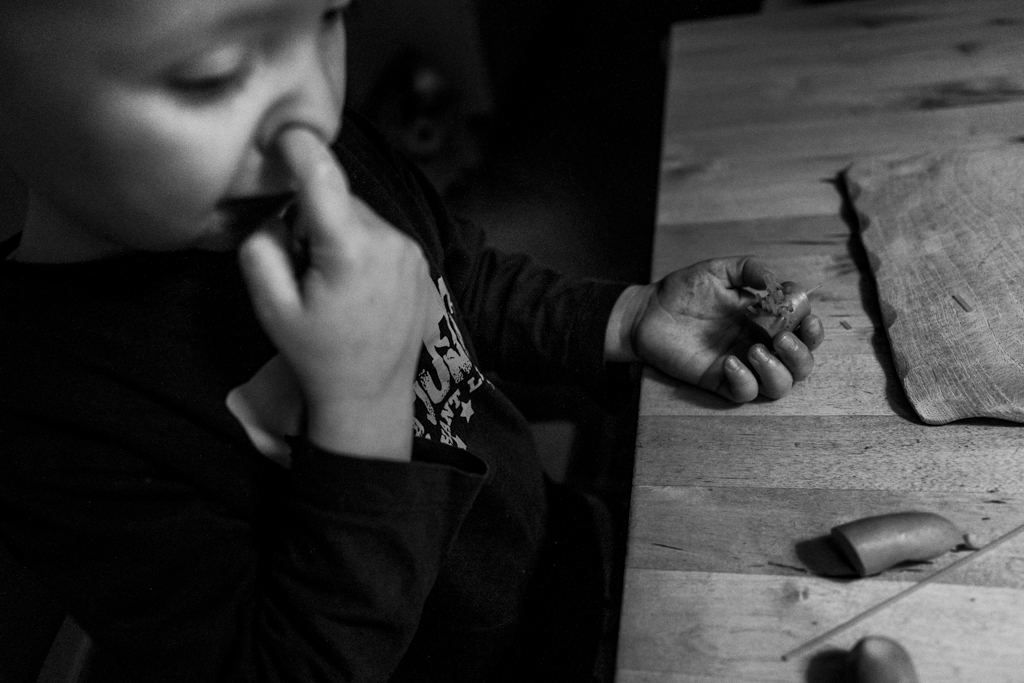
Aniya: Julia, it’s no secret I’m a huge fan of your work. You seem to be able to get access to these families so that they are completely at ease with you. How well do you get to know your clients before the session? Do you send them a questionnaire? What do you do to put your clients at ease so that they are at ease with your presence?
For the most part, I didn’t know the families that I have accompanied at all. I do not send a questionnaire before the shooting. I rather make sure in advance that I know their expectations and what they can expect from my type of photography. This is essential to me! If the family is well informed before our session, everything works out just fine.
During our shooting, I’m not the famous fly on the wall. It’s quite the contrary – I talk to the parents and kids and keep up the conversation. I’m always happy to get to know new people, find out about their story, hobbies and everything else.
My primary day job is being a nurse, but then I decided to add a degree in rehabilitation psychology. I’ve always been interested in patients’ lives and backgrounds rather than what they were diagnosed with. I believe that a natural interest in people is essential for documenting families via photography.
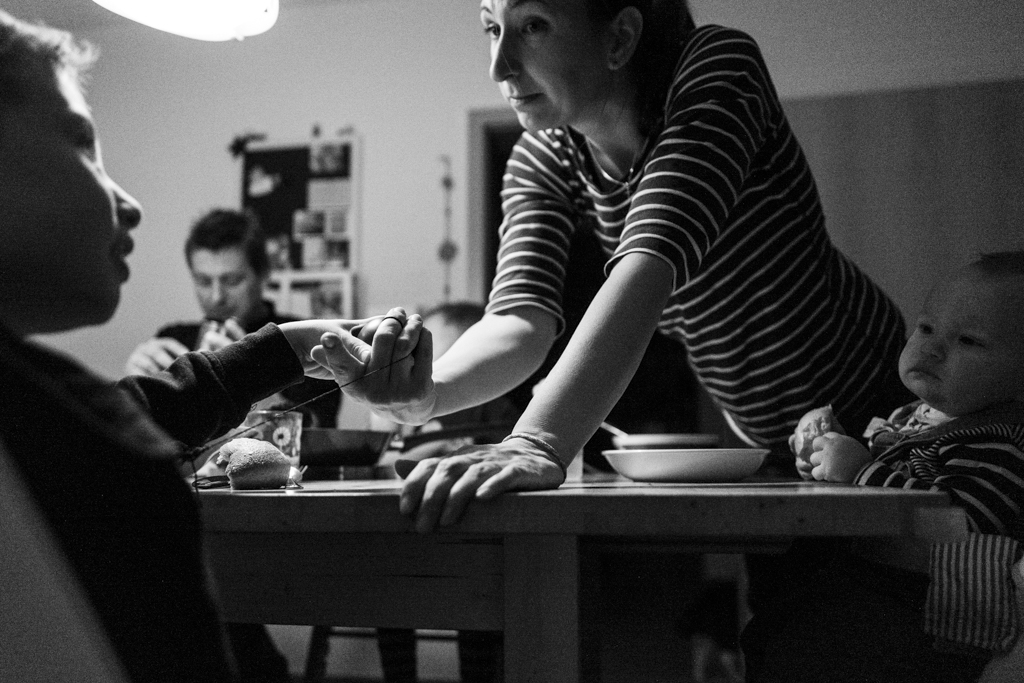
Carrie: Do you think your background in Psychology affects/informs your artistic vision when shooting your family or clients? If so, can you elaborate?
Definitely! But; I’ve always been a rather empathetic and sensitive individual. I experience situations and personal encounters very intensely. I don’t think that it’s necessarily linked with my studies in psychology. Just by watching and simply observing people, our surroundings and the lighting, moments unfold, which I would just love to capture with my camera immediately.
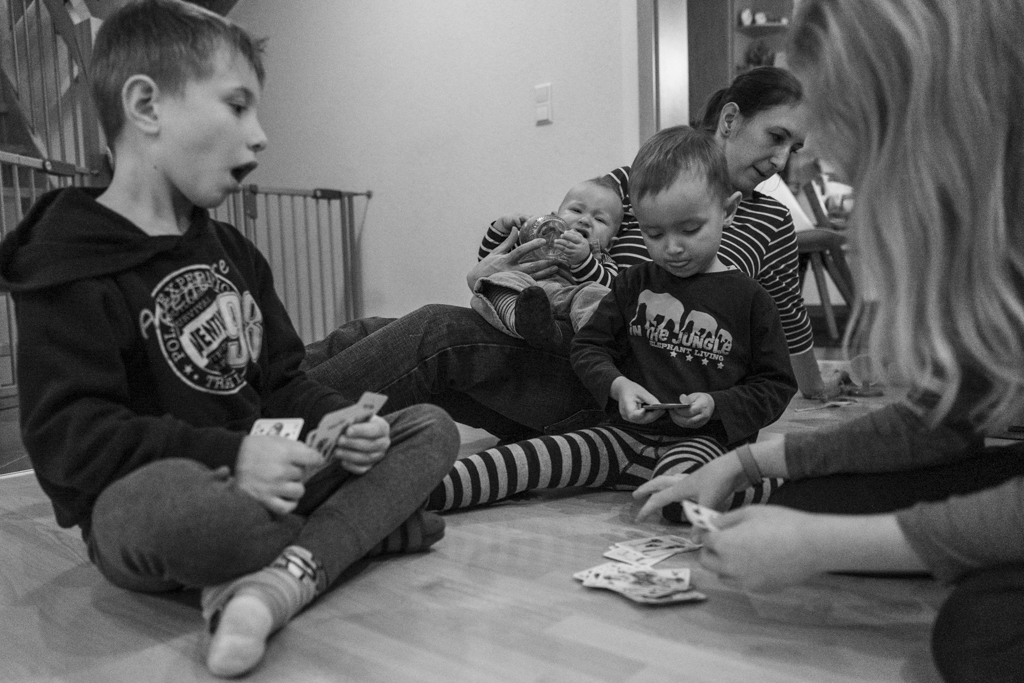
Lisa: With such a large family there must have been so much activity going on at the same time. How did you decide which moments to capture? Did you feel that you needed to choose one moment over another at times?
Honestly, I love big families. There’s ALWAYS something going on. Of course, it’s hard to literally be at a lot of different places all at once, but I stopped pressuring myself. For me, it’s important that the composition, lighting, and moment merge into the perfect picture. Yes, I may miss another moment in this situation, but I’m even more happy about ONE really great photo, where everything is perfect.
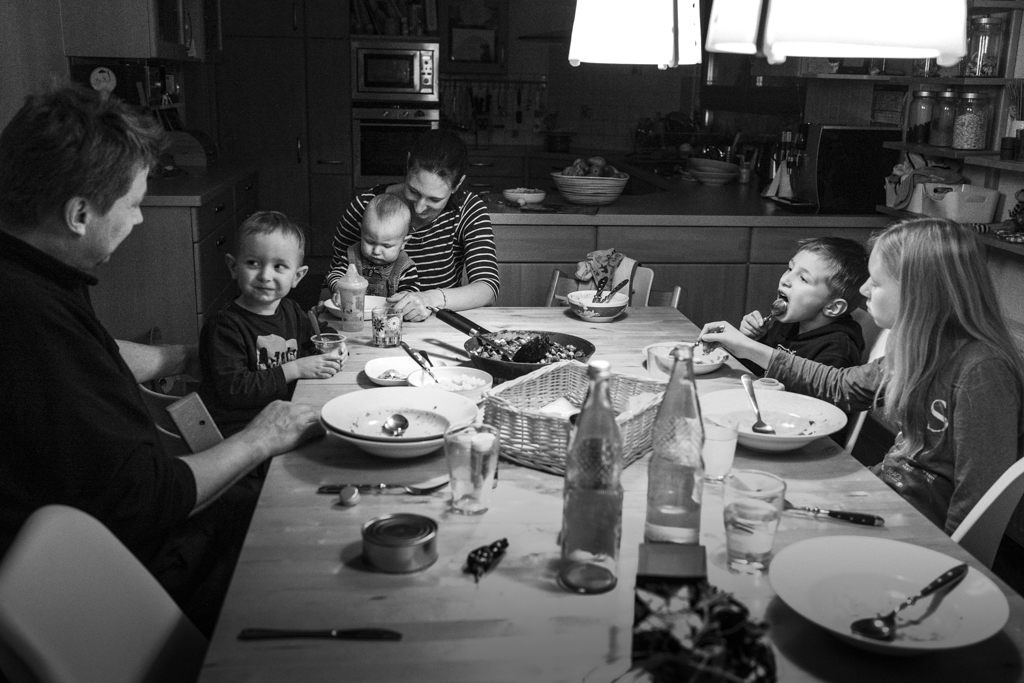
Leslie: What a great set of images. I love your use of b/w. Really allows me to connect with the family. Many times when I’m photographing a family, I have a muse…that one person who draws me for a great deal of the session. Do you find yourself doing this as well? If so, who was your muse during this session?
Yes, sure. I definitely have a muse during every family portrait session; however, most of the time I do realize that I’m taking too many photos of this muse and will make sure to get the other family members into the picture as well.
But during this season with a family of six, there was a balance from the beginning. All four kids have COMPLETELY different personalities and manners, which made it extremely exciting for me. If I had to pick a muse, it’d have to be the second youngest boy who was picking his nose.
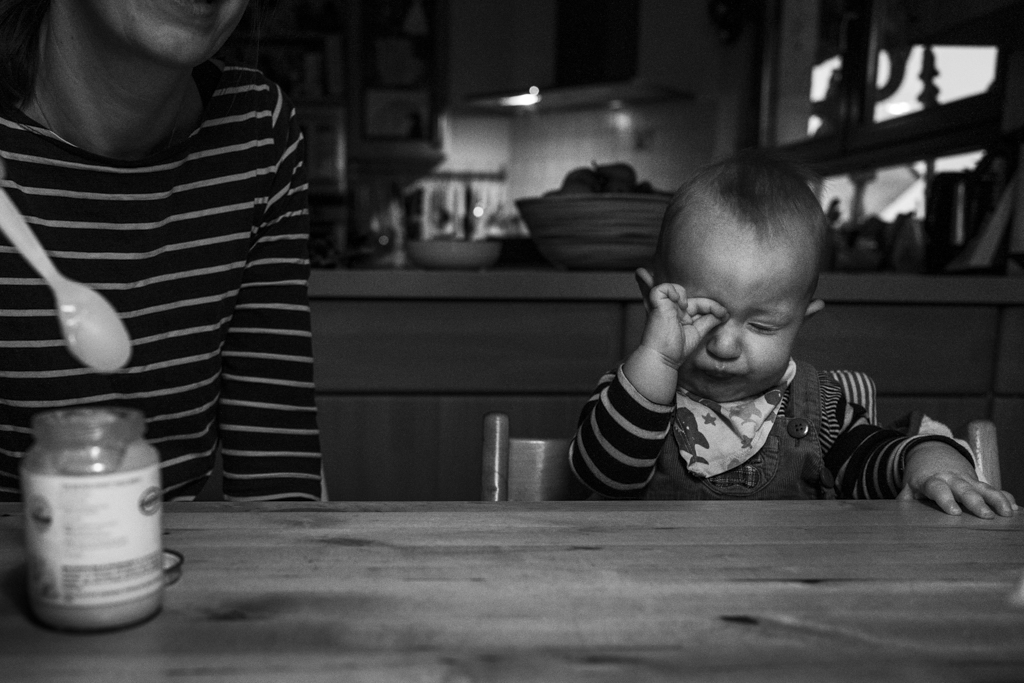
Michelle: The documentary family photography movement is growing in the U.S. but, outside of large metro areas, it is definitely diffuse. It’s still hard to get families to buy into this style of photography. Is this the same in Germany or do you feel that the European mindset toward these kinds of sessions is different from what you understand of that in the U.S.?
Oh, documentational family photography is arriving VERY slowly in Germany. I feel like the US are moving at a faster pace here, also when it comes to the families’ attitudes.
People spend money on good wedding photographers, but when it comes to family photos, they are satisfied with photos that were shot in kindergarten (in Germany). That’s very sad!
For me, documentational family photography is a luxury. But why not gift your kids something of a more sentimental value (for later on). Kids are being bombarded with material gifts nowadays, so it would be amazing to present them with some family portraits, as a treasure for later.
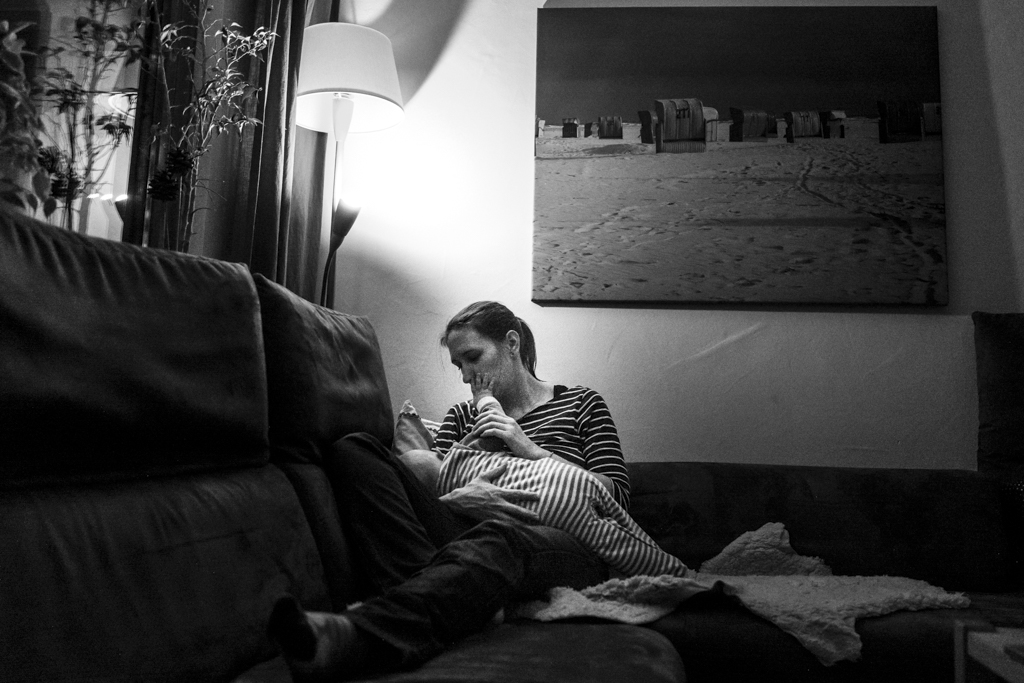 *****
*****
Want information on how you can be a featured artist? Check out our submission page for all the details.
